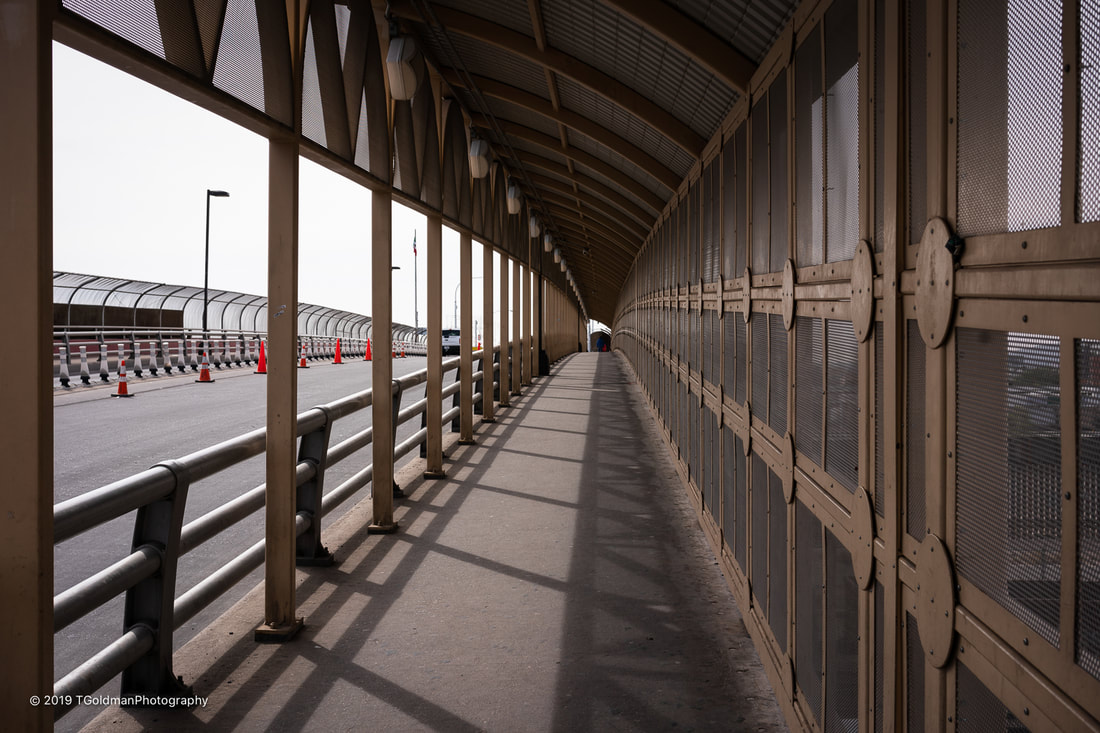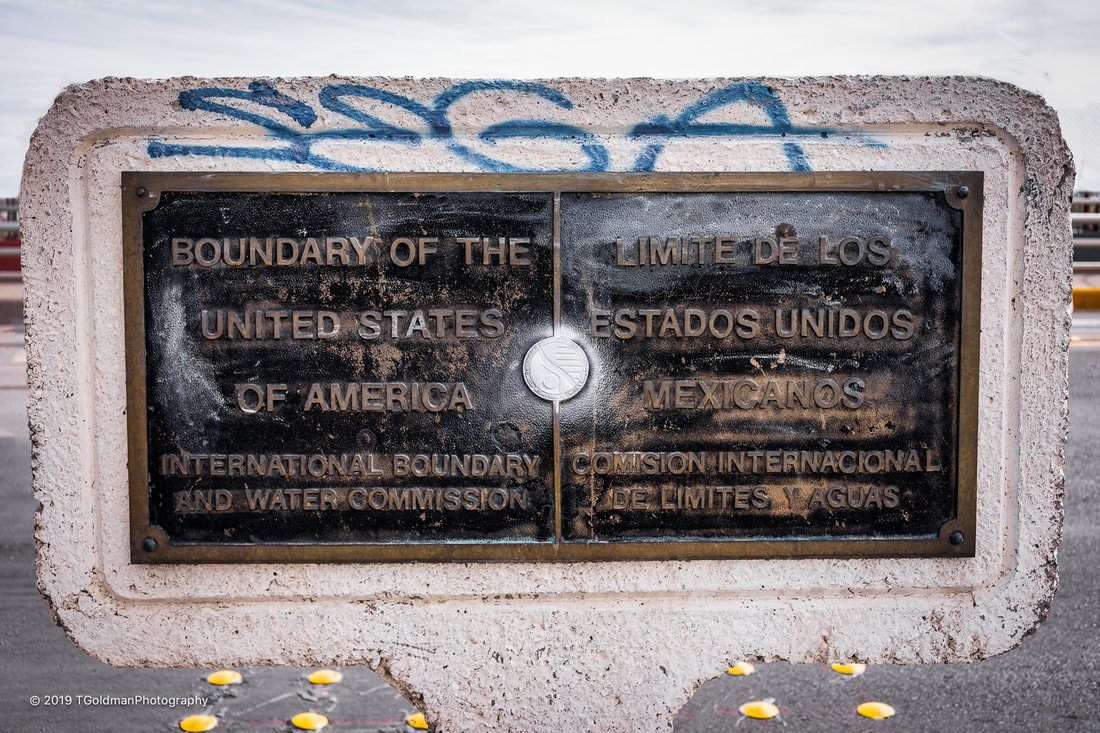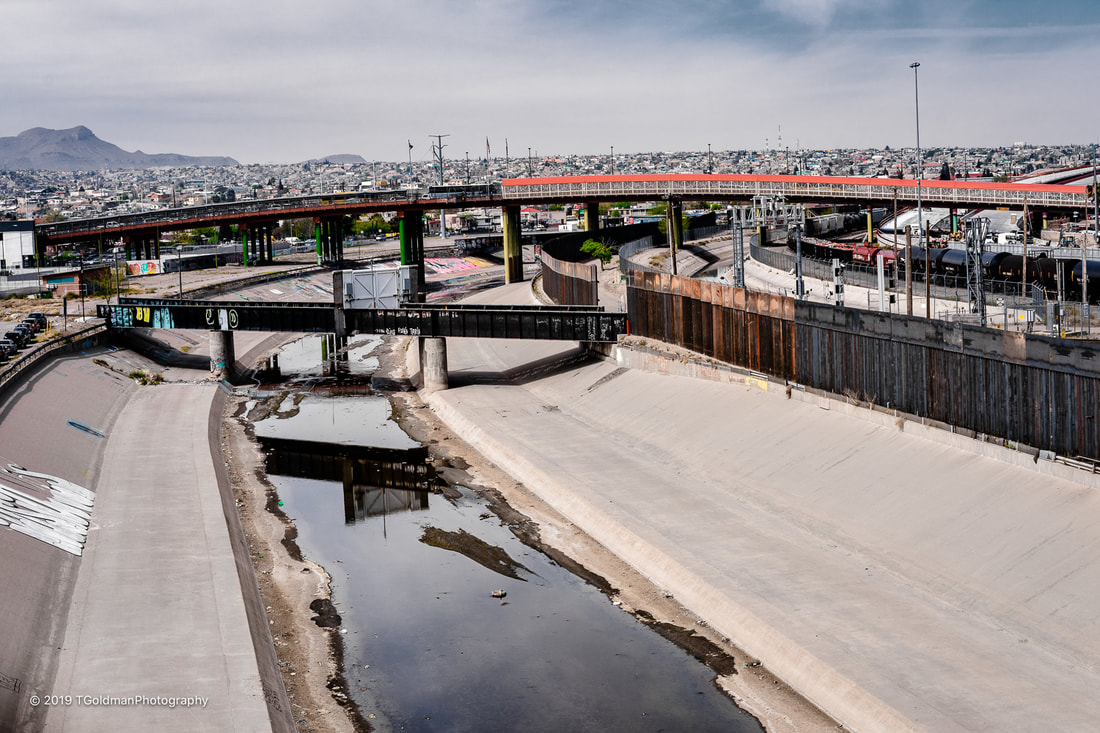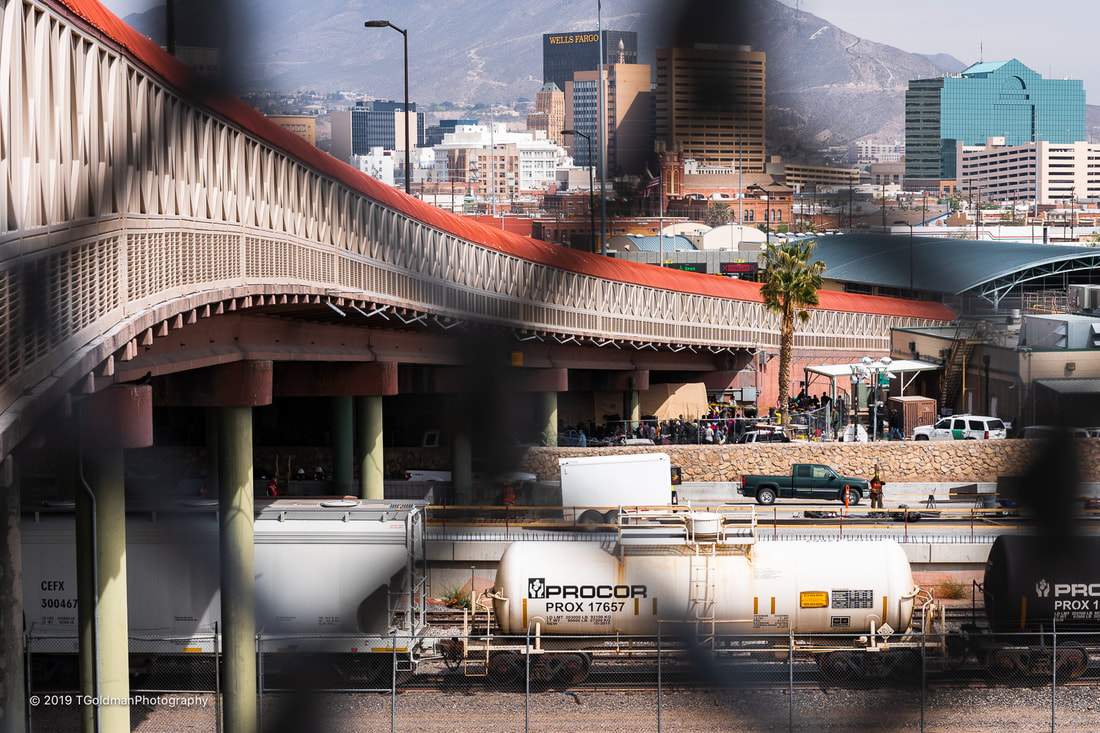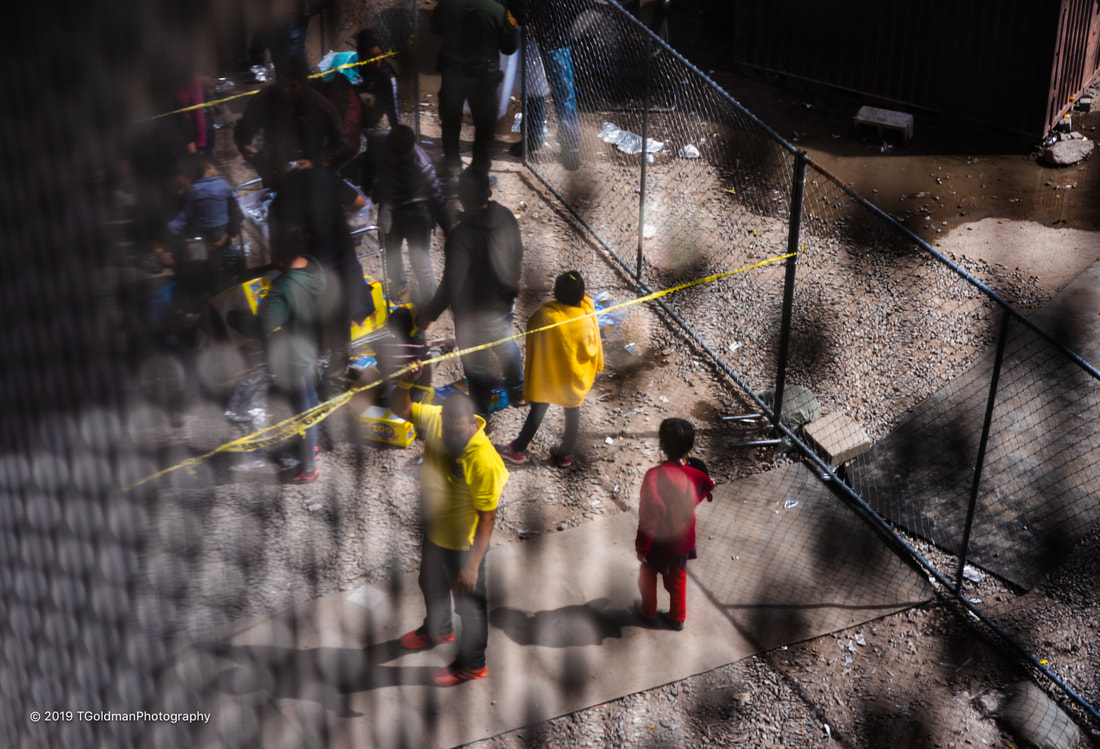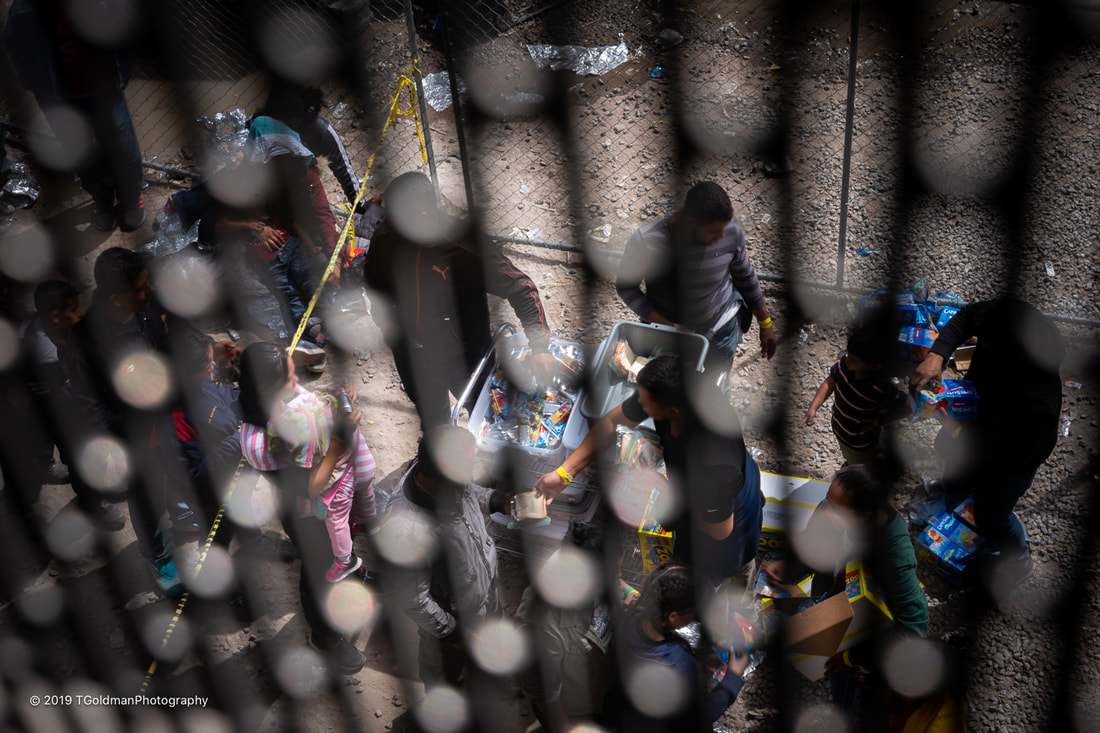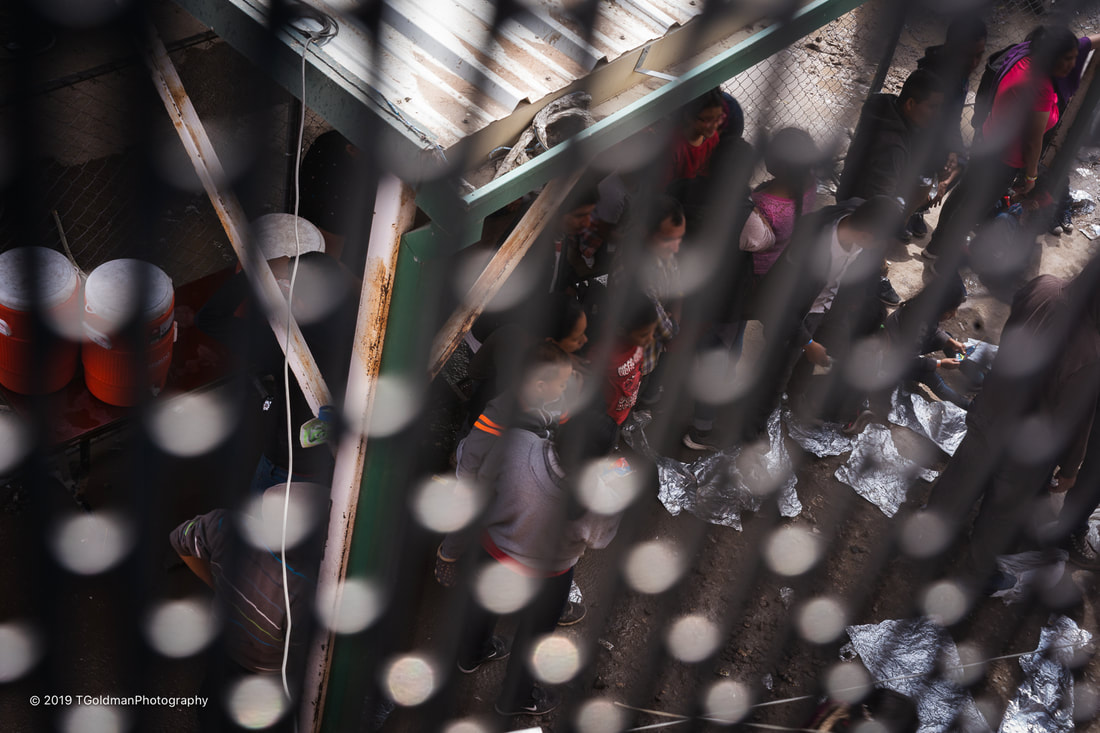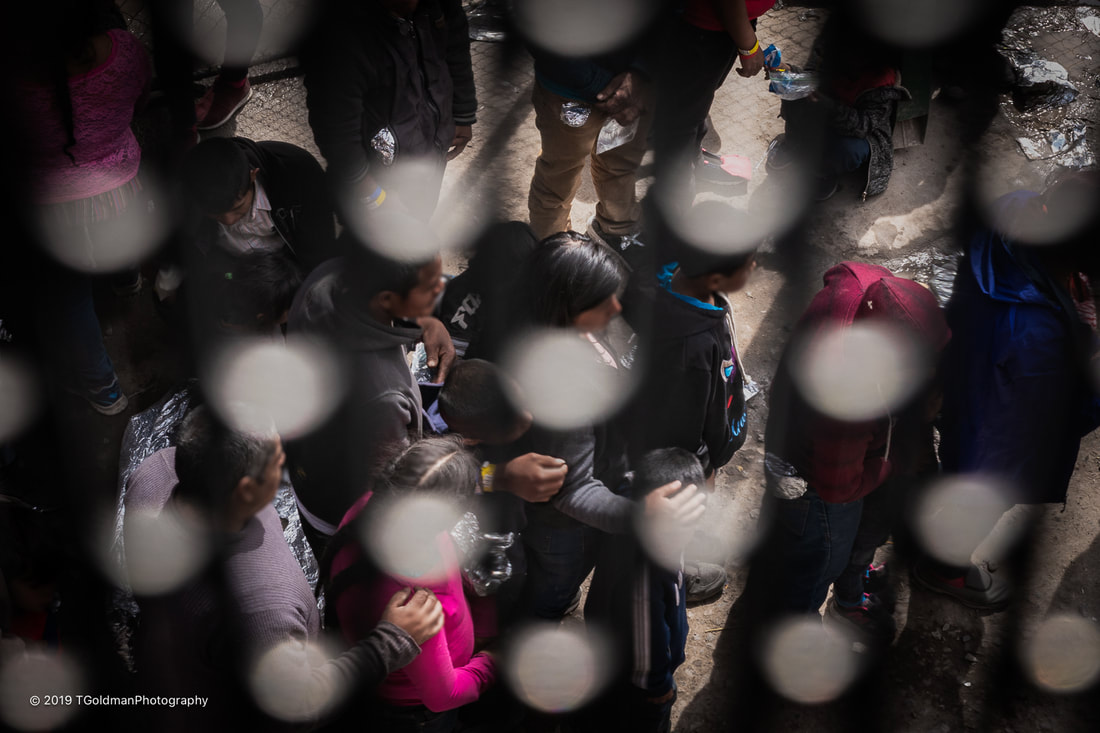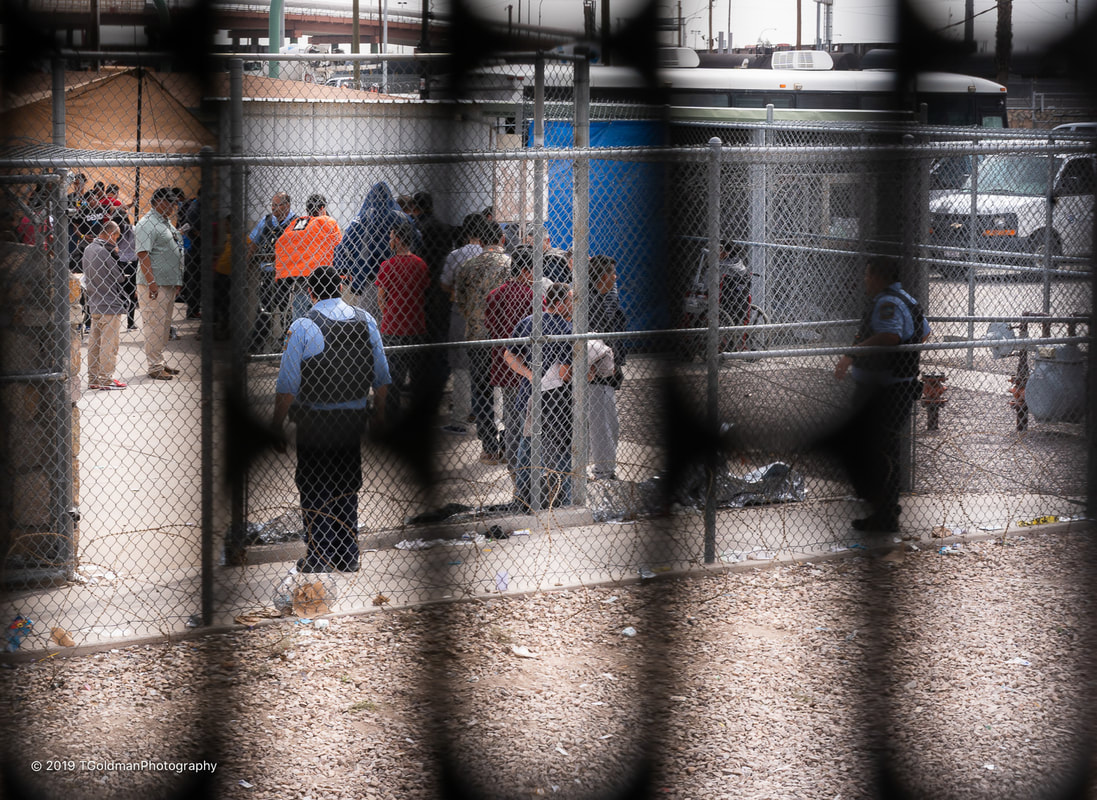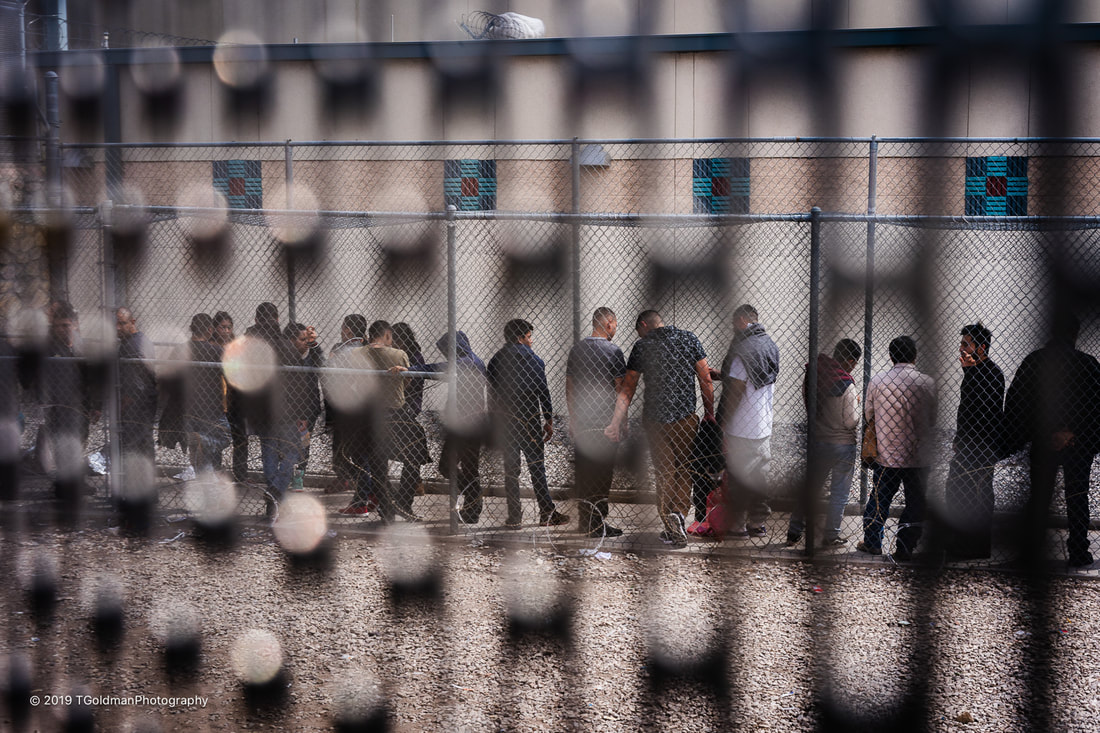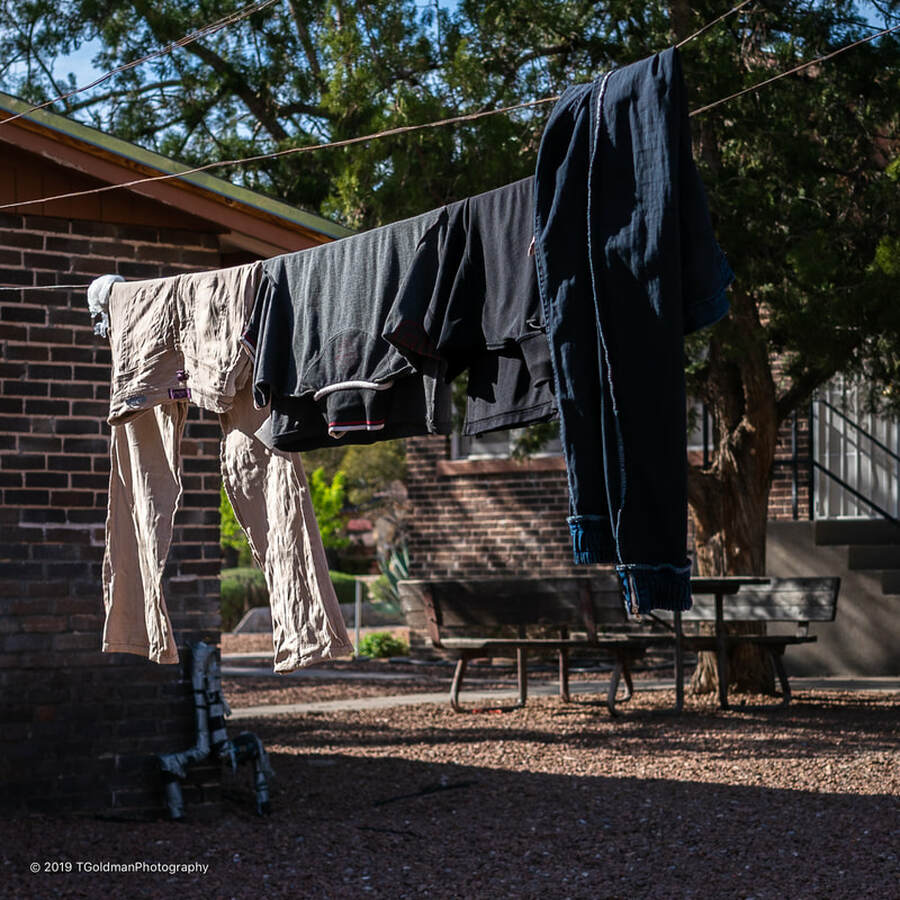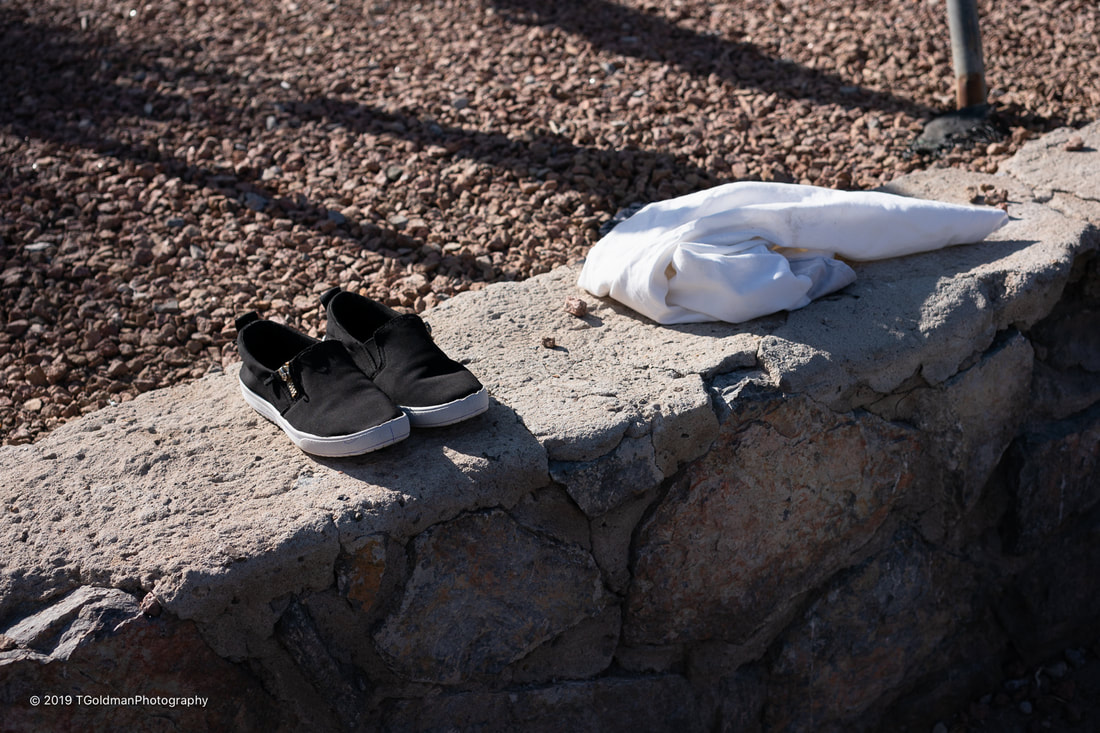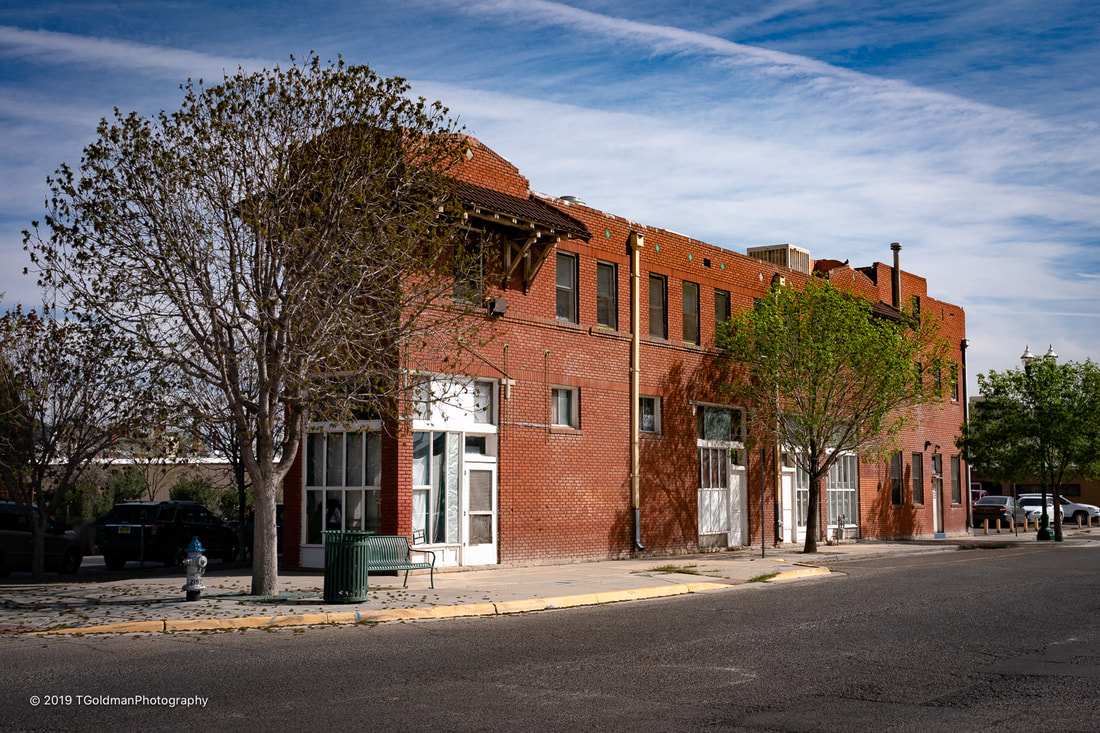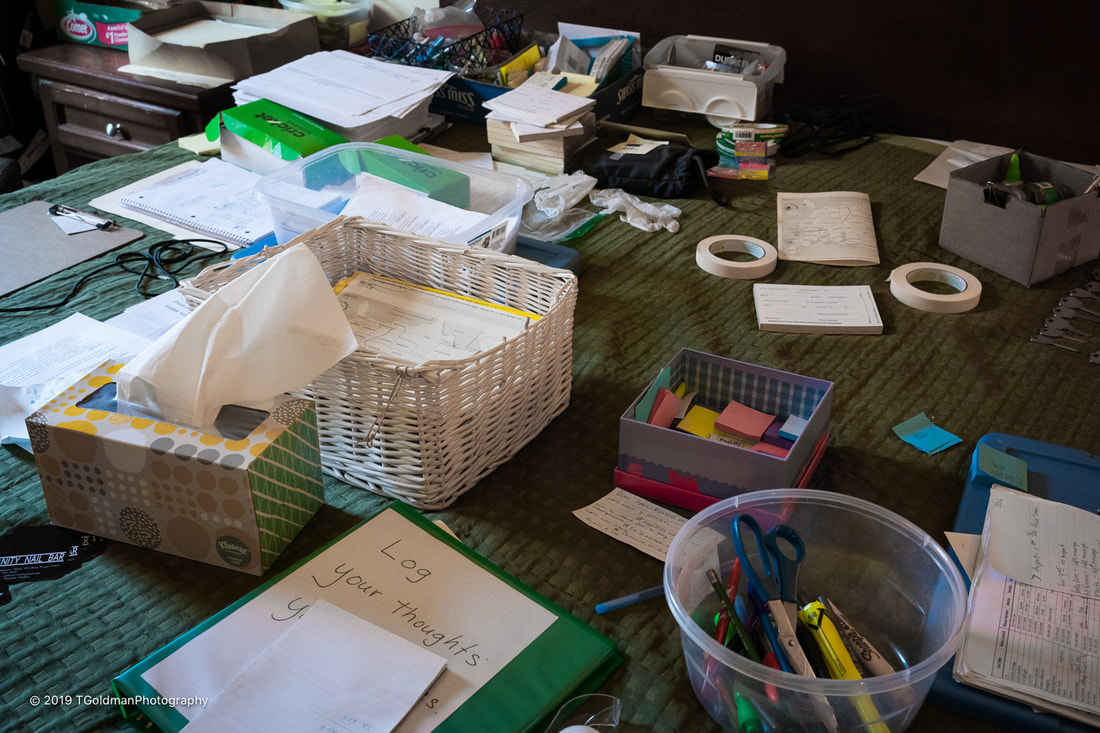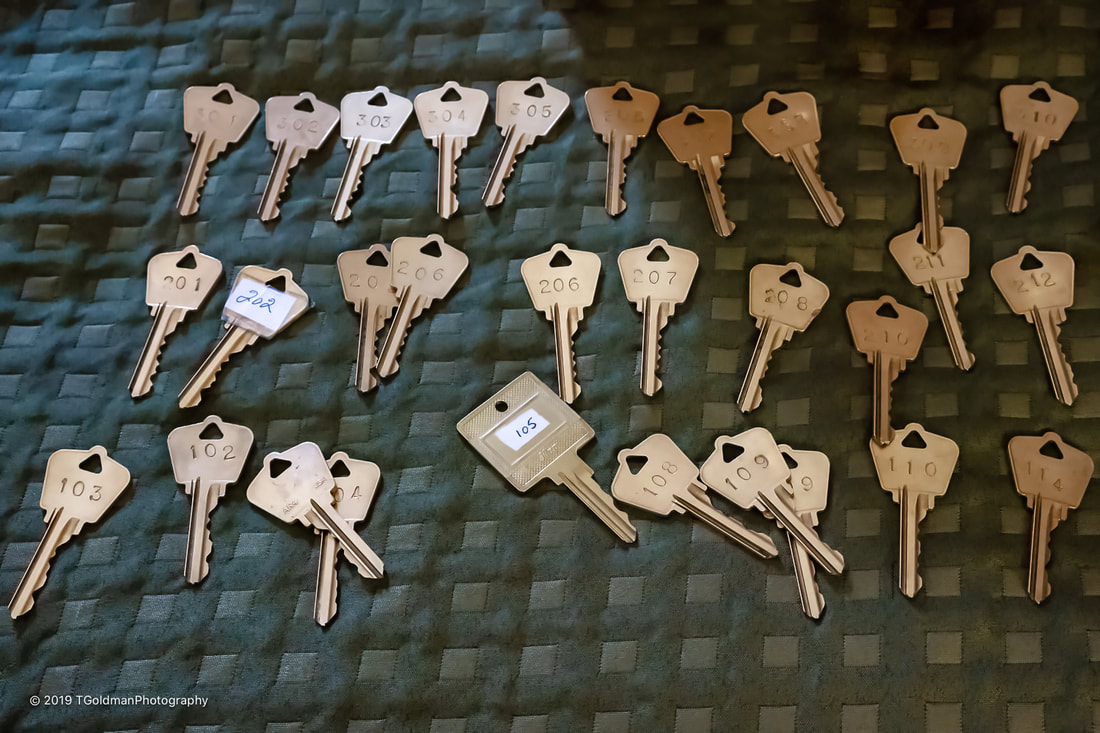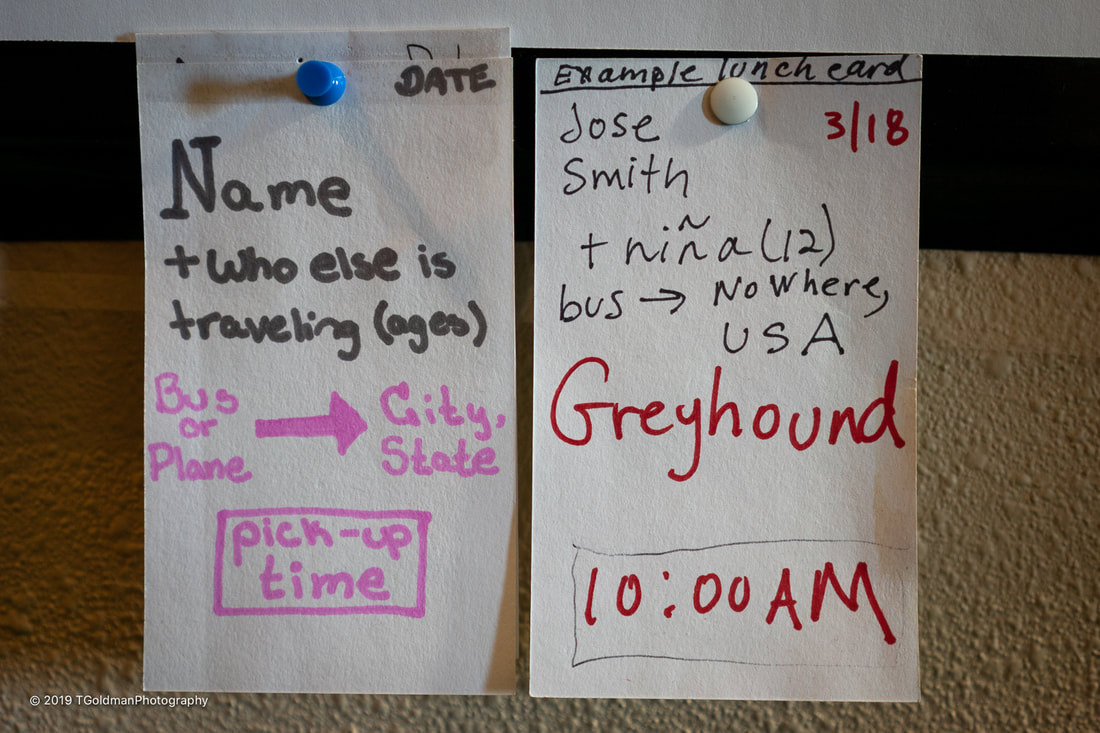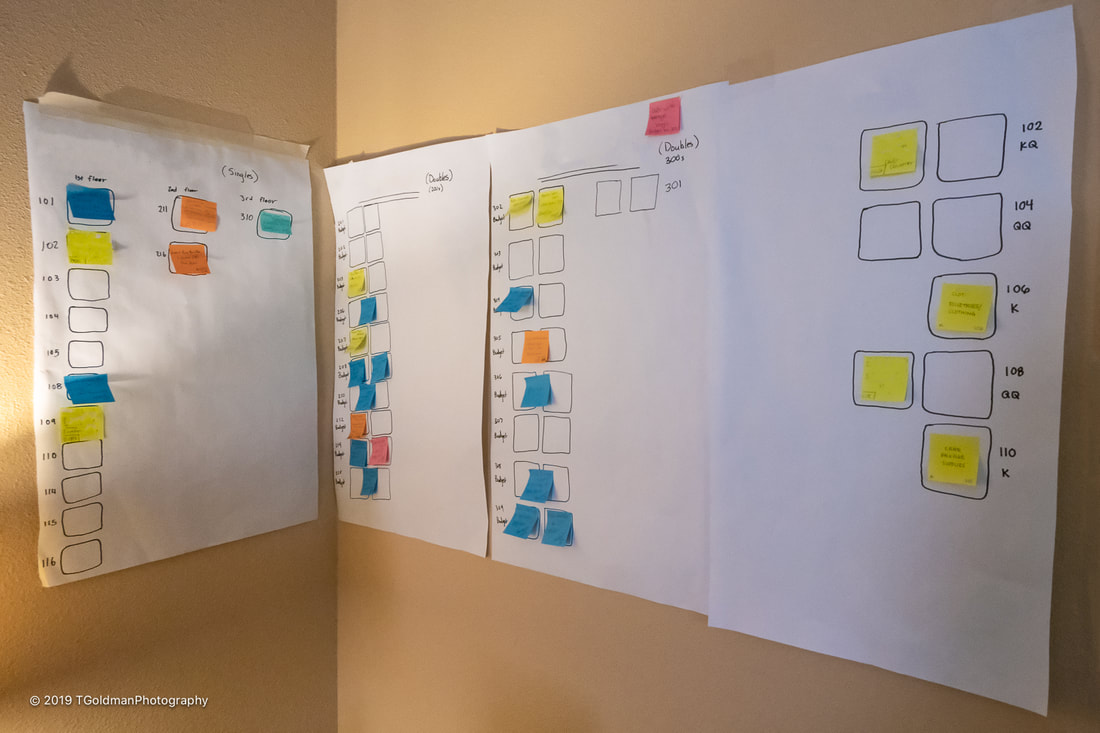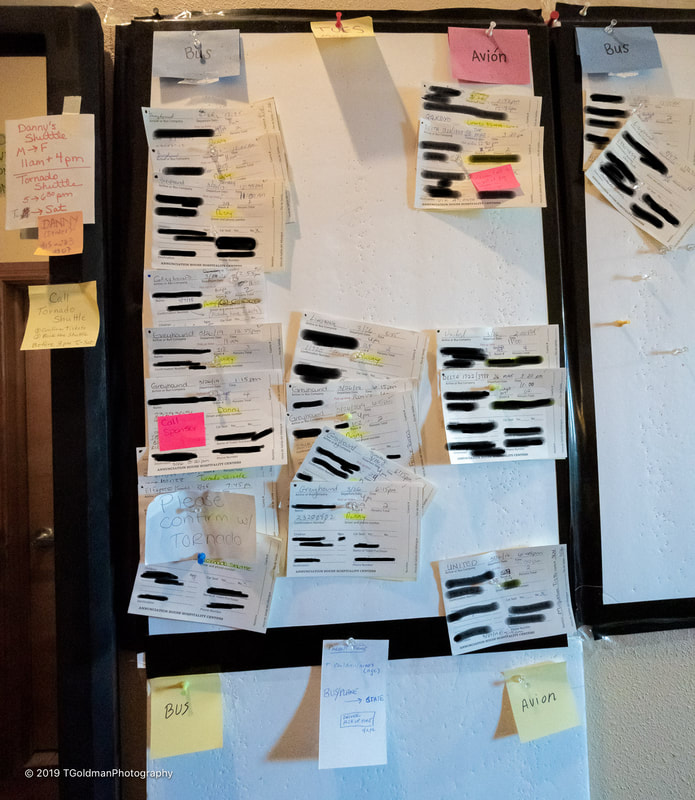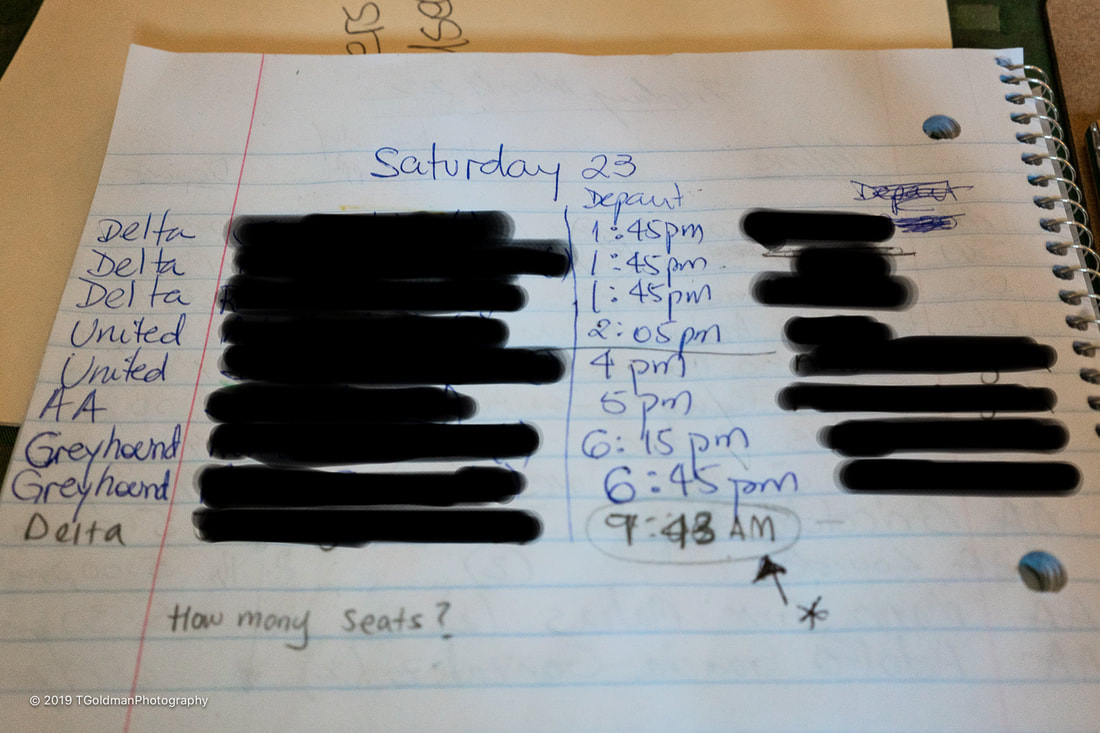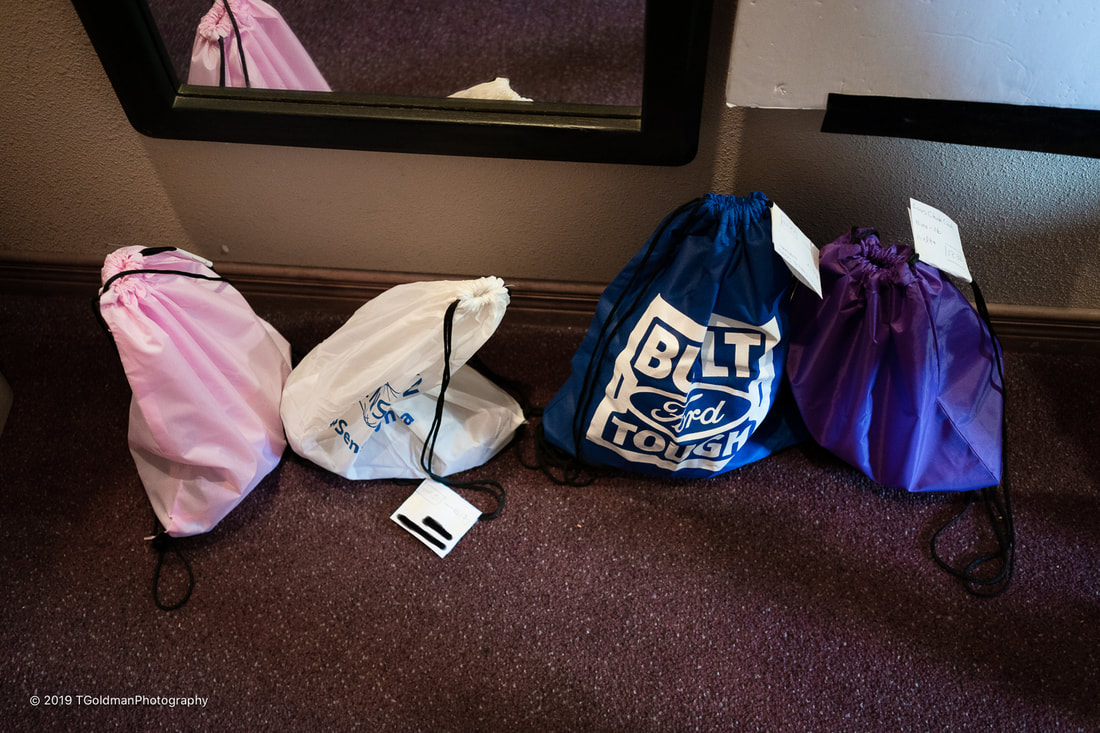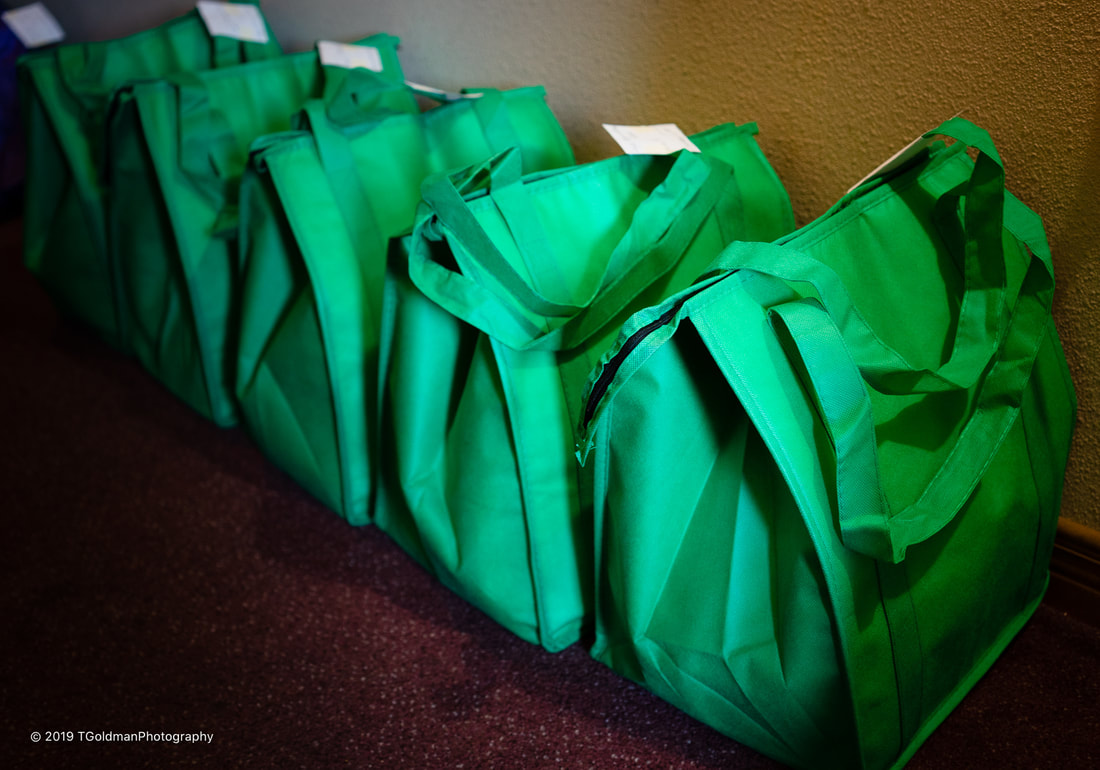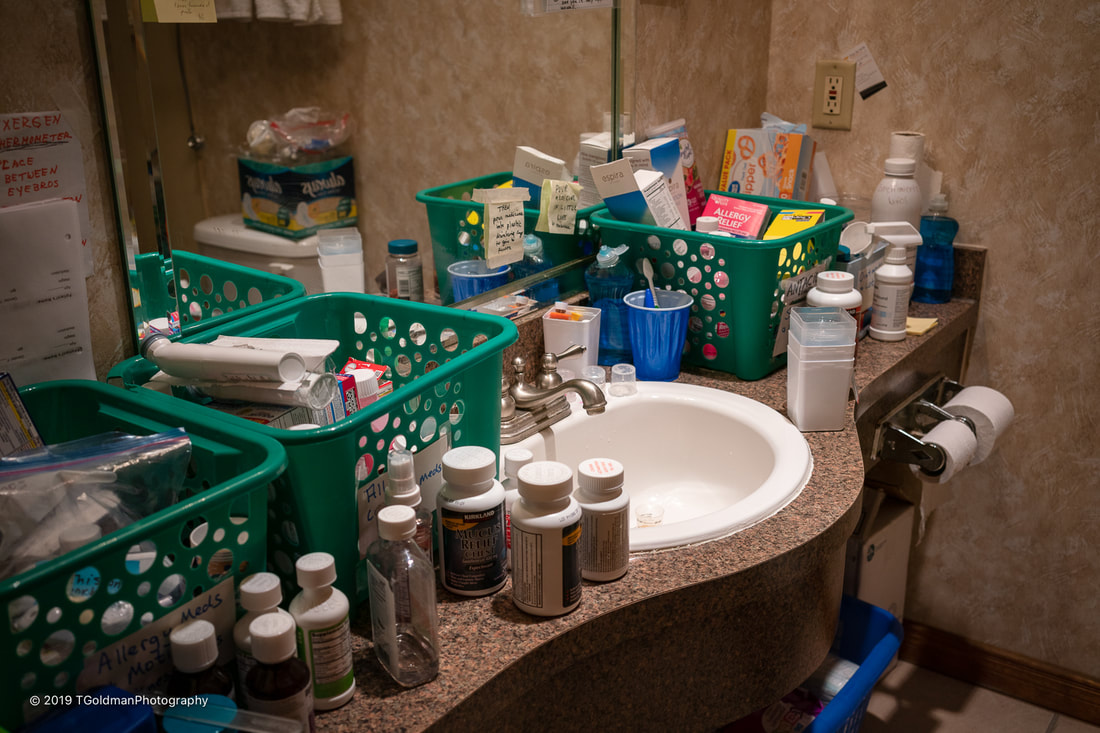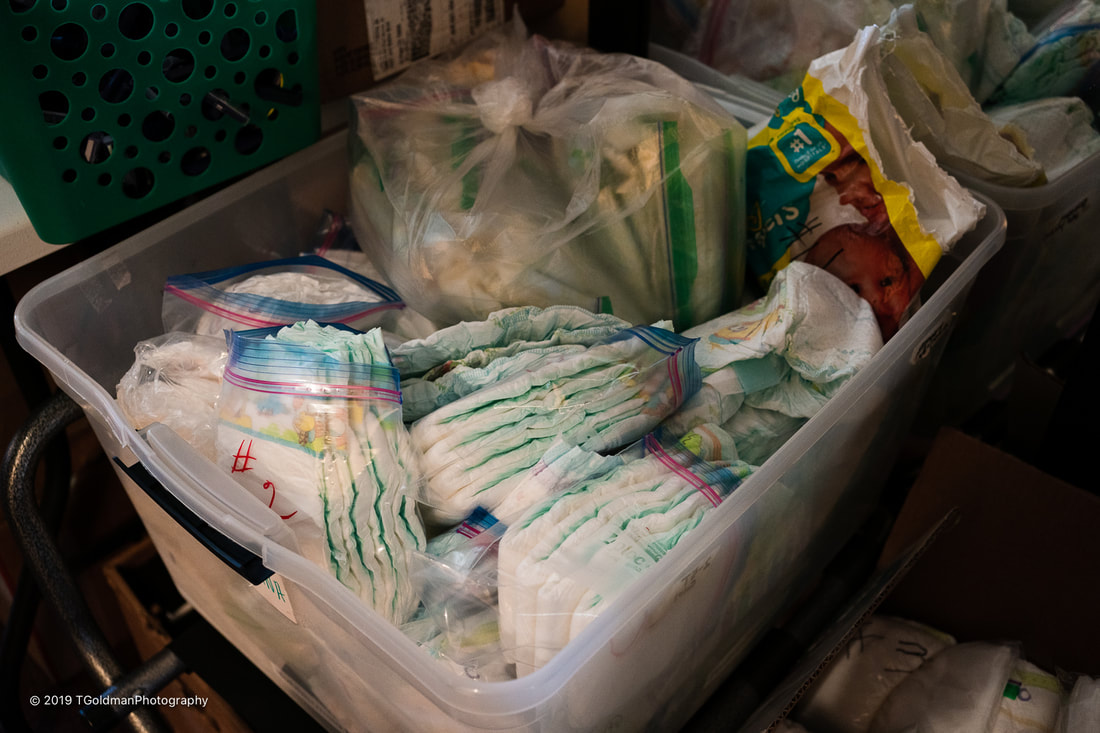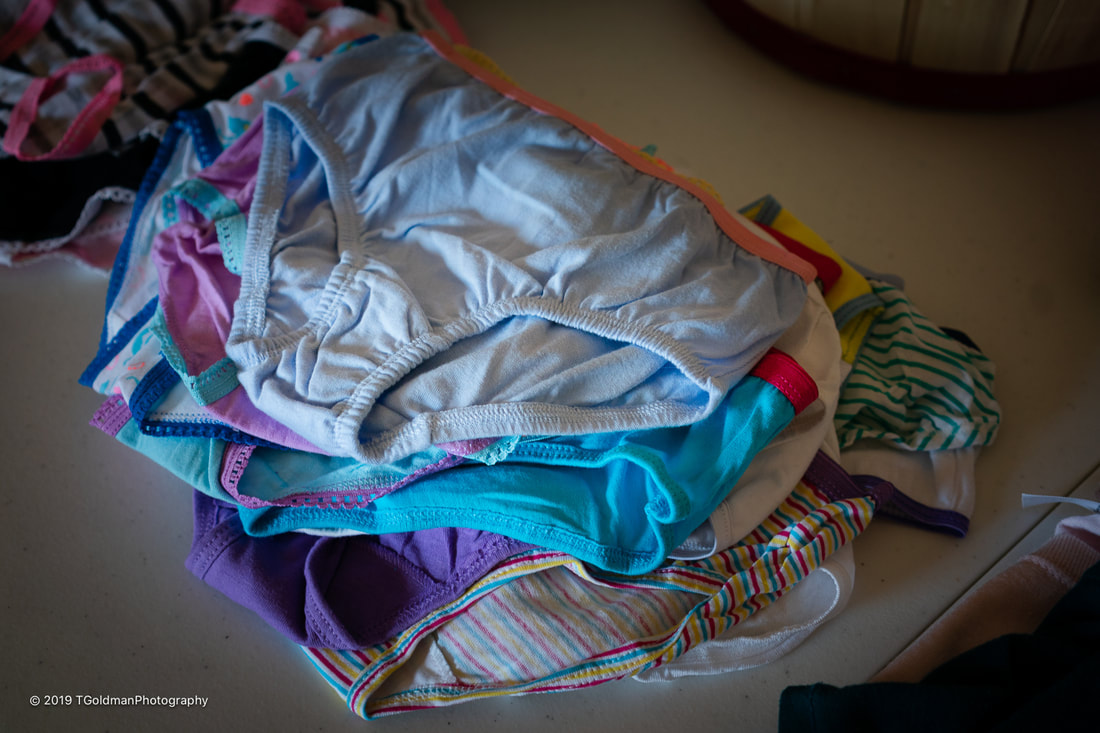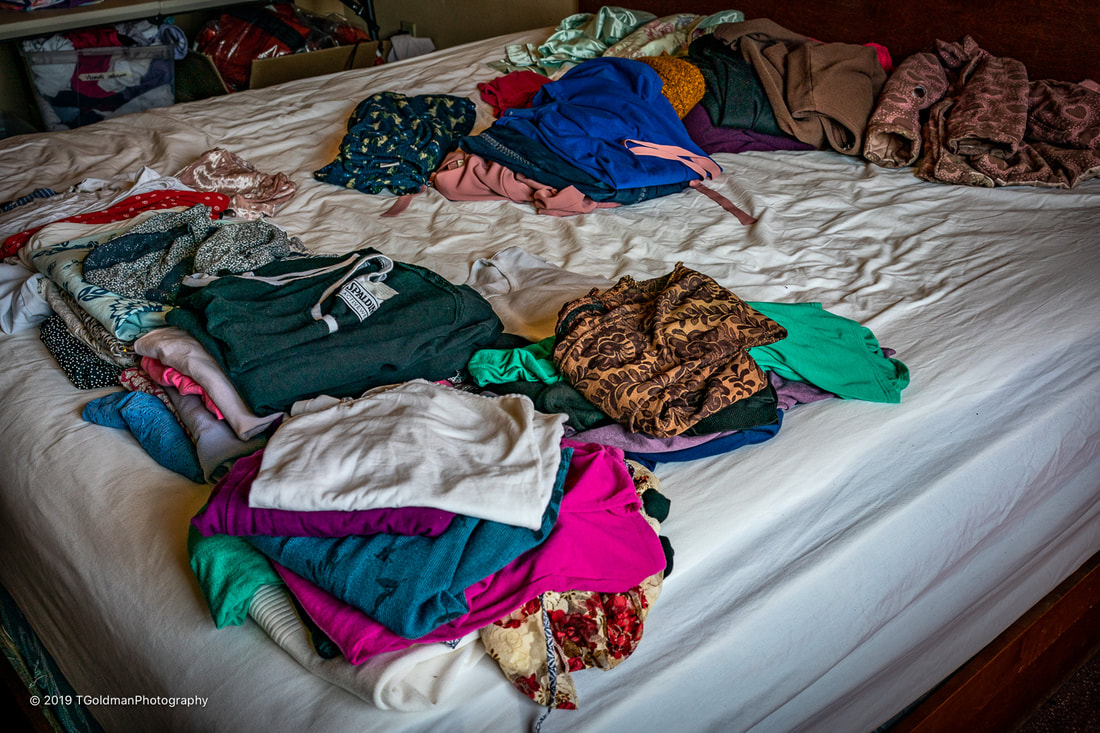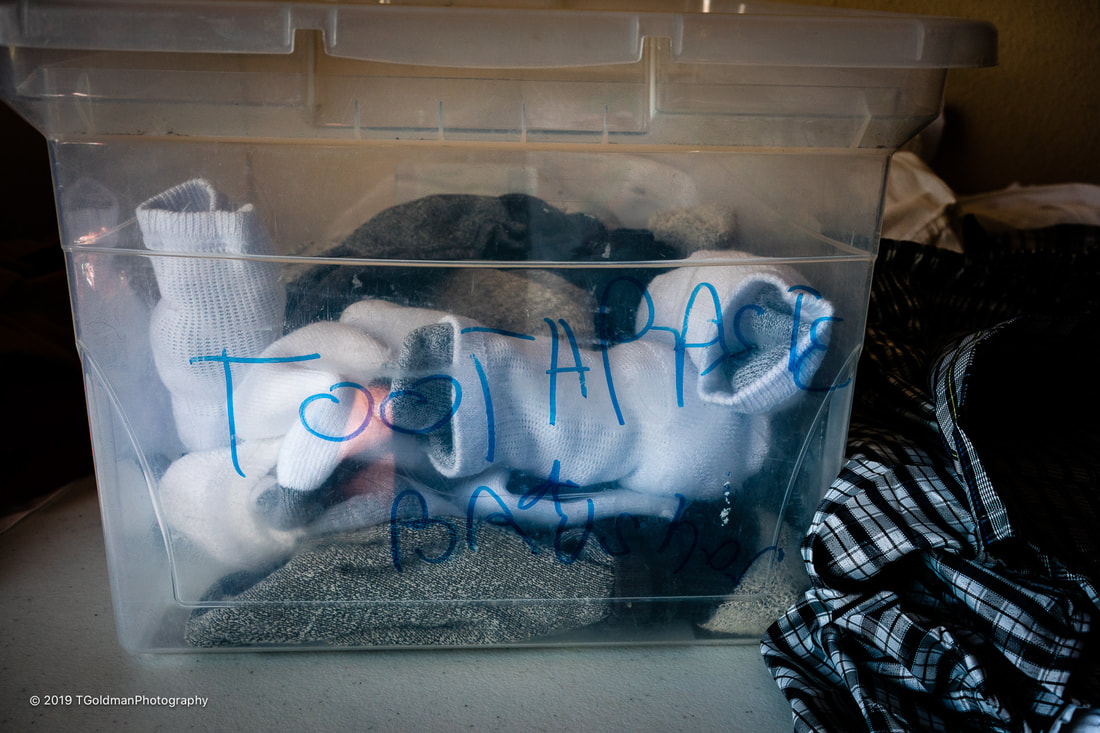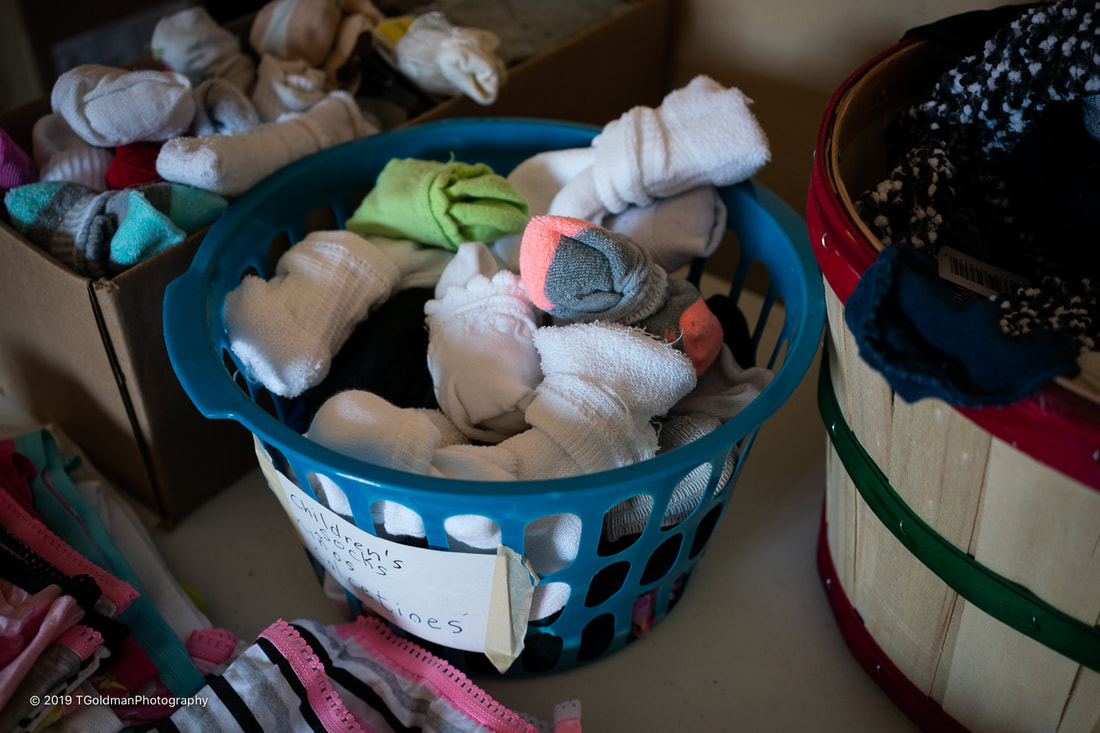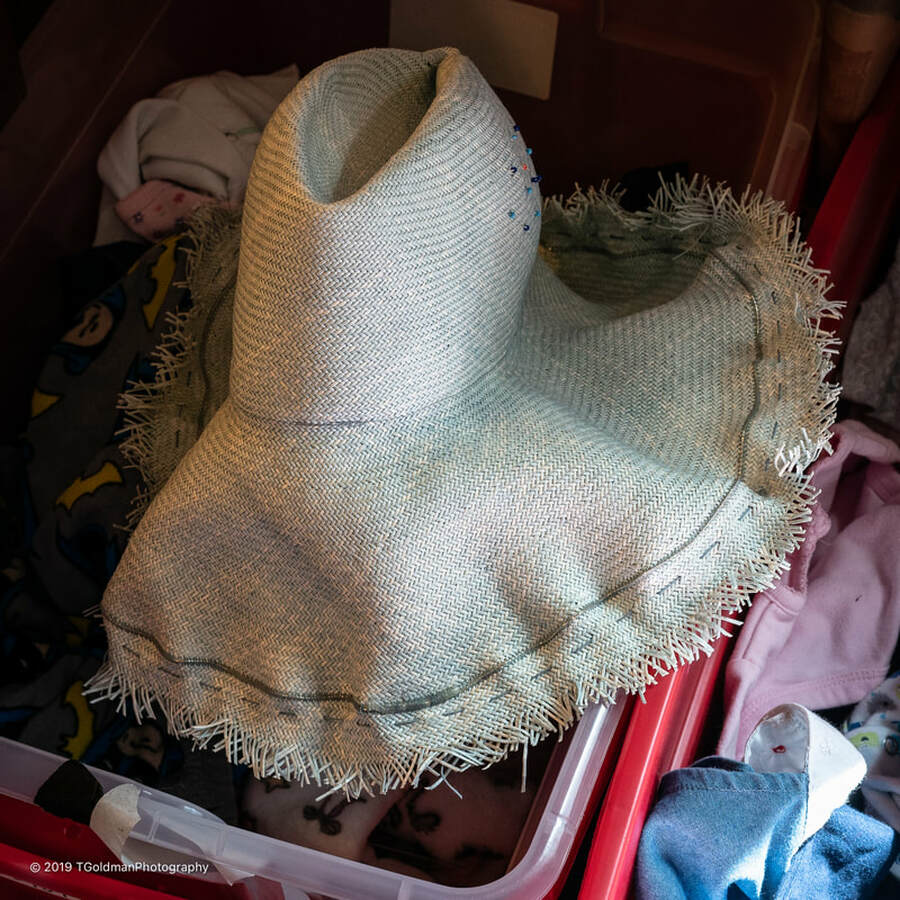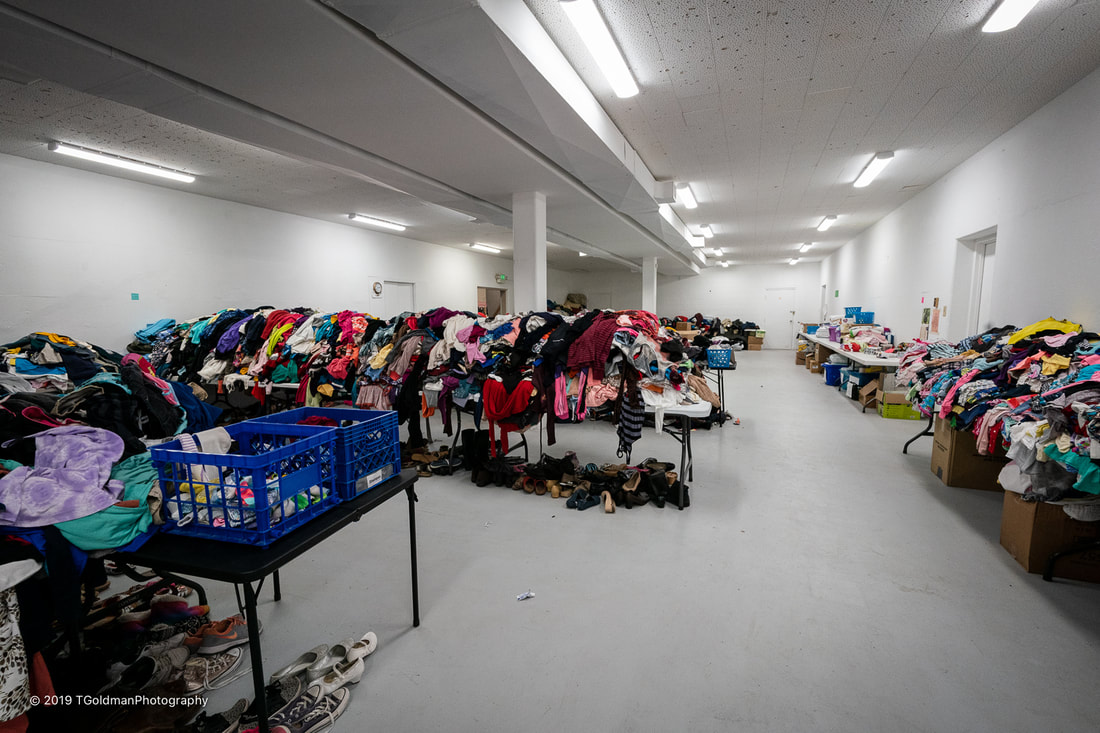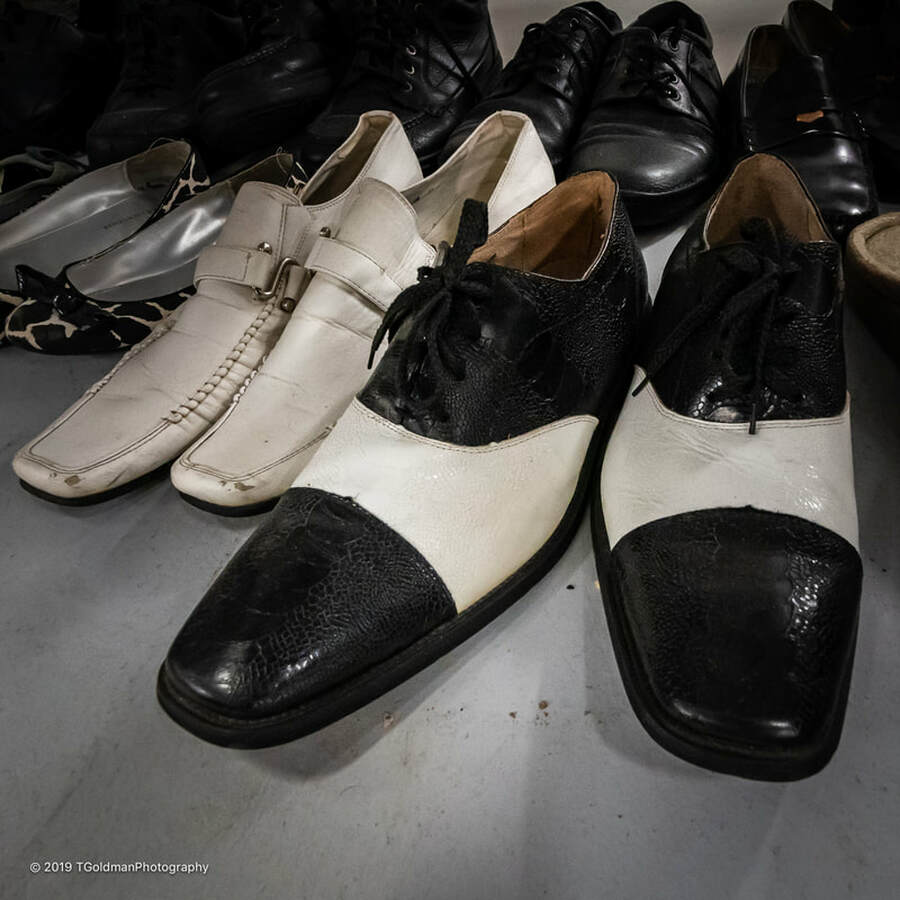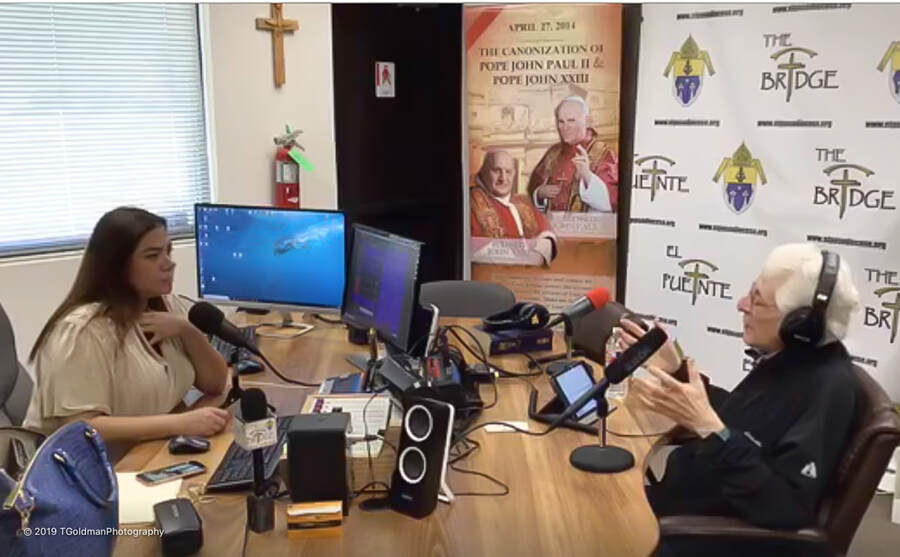Finding Humanity At The Southern Border
Preface
This is the third in a series of photo essays to challenge the false narrative about immigrants and refugees. This time it’s about asylum seekers at the southern border. This is not about understanding immigration issues and border control- it’s about humanity. While I won’t indulge myself in a discussion of politics, I will say that in the past two years the United States appears to have lost some of its humanity. If you don’t look right, pray right, love right it seems that the welcome mat has been taken in. But just like the false narrative about immigrants and refugees that they are coming here to do harm, it’s also a false narrative to think that all or even most Americans have closed their eyes to the words inscribed on the Statue of Liberty. My journey to find humanity took me to El Paso Texas, a major port of entry for asylum seekers from Central and South America, parts of Mexico and Cuba. It’s also and a major location for caregivers and volunteers from around the country who are there to roll out the welcome mat and to declare that America’s humanity will not be defined by a wall!
Introduction
When the family separation crisis emerged in 2018 someone suggested that I go to the southern border to do a story. My first reaction was there was nothing I could bring to it- there was so much media covering the story. But it was an open letter from Sister Norma Pimentel (Catholic Charities of the Rio Grande Valley) in the Washington Post addressed to President Trump that changed my mind. She spoke about what he would have seen had he stopped there on a trip to the border- he didn’t stop. Her description of the asylum seekers was palpable but there were no images. It was then I knew I needed to go there with my camera.
I could have just gotten on a plane but I wanted some sort of welcome that would provide guidance and access. Sister Eileen McNally, Refugee Coordinator for the Sisters of St. Joseph in Philadelphia, who just returned from volunteering at El Paso, connected me with Mary Bell. Mary, who is very devoted to helping immigrants and refugees, was going to El Paso to volunteer on behalf of the Archdiocese of Philadelphia. Mary was looking for a companion and the Archdiocese was looking for a journal describing what’s happening in El Paso- I was the perfect fit. The Archdiocese graciously contributed to our travel expenses. My week in El Paso was more than enlightening- it was life changing!
As of early 2019, ICE (U.S. Immigration and Customs Enforcement) was releasing 300-400 asylum seekers per day- a staggering increase from the more typical rate of 300 per week. In fact, the week I was there the number spiked to over 800 and there was talk of reaching 1000 per day. Typically the release is to Annunciation House, an extraordinary organization that provides the first friendly welcome for travelers who have come such a long way from countries that have become unbearable. The care provided by Annunciation House requires enormous funding and support. This is an effort that can only be described as heroic.
My purpose for going to the southern border was not to investigate policy or process, though these are indelibly connected to any story. My purpose was to find humanity in two groups: the asylum seekers- who they are as people; and a group that gets little or no attention- the volunteers who give so much of themselves to provide aid and comfort to the masses of asylum seekers during the few days between detention and traveling to relatives in the U.S. I came to the border to find humanity and, as always, the humanity found me!
Humanity is often the response to inhumanity and that is certainly the case at the southern border. I didn’t go there to see inhumanity, but it wasn’t avoidable so this is where I'll begin.
To Mexico and Back:
Finding Inhumanity At The Southern Border
As part of my visit to the southern border I wanted to see the wall and the infamous detention pens said to be under bridges between the United States and Mexico. I wasn’t planning to go on my own, but I was assured that with my passport there would be no problems in either direction. So I parked near the border, paid fifty cents and began the climb across the southbound bridge. There was almost no foot traffic going across- I had the bridge to myself.
I stood on the dividing line between the two neighbors thinking that I should have some of out-of-body experience given all the commotion. Going to Mexico must be like stepping into a terrible place whose only claim to fame is crime, drugs, and really bad people. But all I could think of was two countries coming together as friends and partners- that’s what I wanted to feel: “Imagine there's no countries; It isn't hard to do.” (John Lennon).
Looking across to the northbound Paso del Norte Bridge reveals “The Big Beautiful Wall,” which is actually a steel-slatted fence. The famous Rio Grande today is not much more than a stream. Noting the position of the flags on the bridge just to the left of the orange canopy, the wall is not on the border but in the United States. An asylum seeker who reaches the wall has already entered the United States and should be able to apply for asylum, as I understand it.
After a short enjoyable walk in Juarez, while known for crime it seemed very friendly, I paid fifty cents and began the walk across the very crowded Paso del Norte Bridge. If I was going to see a detention pen, this would be it. A small lookout on the bridge just before the border brought it into plain sight- a chilling sight. It was appropriate that I was behind a chain linked fence as were the asylum seekers, but of course I was free.
“Our welcome mat is chain linked fencing and barbed wire. As humiliating as it looks, it must be better than where they came from… But can’t we do better?”
As I got closer I could see people through the dense fencing on the bridge. A rough guess is there were a few hundred people in immediate sight. Many were just standing in one place while others were in line for food. A volunteer I met offered this description: “I’ve seen one of the places by the bridge; there are rocks on the floor- the asylum seekers call it ‘the rocky place;’ they describe sleeping on the rocks with their kids on their chests; they’re given foil coverings- during the day it’s really hot and at night it’s really cold; they’re given water and maybe a little bit of food- that’s part of the hardship that is imposed on them.”
There was no loud talking and no one seemed to be in distress. But as I understand it, these detainees have no idea where they are going until they are put on a bus that will take them to yet another unknown place.
People crossing the bridge looked down at the asylum seekers: “Immigration!”... I love the beauty of bridges, but this felt like a “Bridge Over Troubled Water.” (Paul Simon)… Not a memory I will savor.
There was no loud talking and no one seemed to be in distress. But as I understand it, these detainees have no idea where they are going until they are put on a bus that will take them to yet another unknown place.
People crossing the bridge looked down at the asylum seekers: “Immigration!”... I love the beauty of bridges, but this felt like a “Bridge Over Troubled Water.” (Paul Simon)… Not a memory I will savor.
“The rocky place” came into clear view. Look closely- at the top left of this image appears to be a mom holding her son so close… Lady Liberty’s eyes would fill with tears at this sight.
People line up for food. Given the yellow wrist band, the man handing out sandwiches appears to be an asylum seeker- as I would learn, they always want to help.
The foil blankets appear to be very disposable.
A man holds his wife’s shoulder. A dad and mom wrap themselves around their sons… It’s about family!
Guards watch over their captives… Someone in a wheelchair sits by themself.
Our welcome mat is chain linked fencing and barbed wire. As humiliating as it looks, it must be better than where they came from… But can’t we do better?
Accounts Of Inhumanity
“Such stories are not hard to come by but not everyone who comes through here experiences that kind of cruelty or anger.” (Volunteer)
Annunciation House volunteers shared these stories:
- “People have made a point of discussing their anger at the treatment while in CBP/ICE custody- these include wanton acts of meanness like leaving groups of people including children waiting for hours in the cold; it includes ignoring pleas for help for injuries; it includes a refugee being brought to a place where there was blood on the floor!”
- “A mother from Guatemala was looking for the nurse because ICE had thrown away her toddler’s asthma medication and the child was having problems breathing; a different mother from Guatemala with her 5 year old daughter spent twenty four hours in a room they call ‘heladera,’ the icebox- they were freezing.”
- “This morning I took two families to the bus; the father of one young boy was sitting next to me in the car; he said: 'You are nice people- the immigration are cruel to us.’… I asked what made him say that; he said that while he was at ICE one day they served sandwiches but some of the refugees didn’t like them so they didn’t get up; the ICE agent came over to them and started kicking them and calling them bad names… Such stories are not hard to come by but not everyone who comes through here experiences that kind of cruelty or anger.”
- “A family that arrived told this story: After being taken by CBP, they and many others were left outside in the cold over night after all their possessions, including warmer clothes, were taken from them; later they were put in a tent- also extremely cold; only on the last day of the detention were they put in a warm room with twenty others; the food every day was the same sandwiches.”
- “One person stopped me as I was taking him and his son to their room; he wanted to tell me about what he had seen while held by CPB/ICE; he said a refugee whose use of Spanish was limited was asked by a Mexican/American guard to take off his hat; he clearly didn’t understand the command- he smiled and laughed slightly, possible embarrassed by being spoken to and not comprehending; the guard, rather than recognizing the problem, began screaming at the person and then pushed him to the ground- this took place in front of the man’s son, 7 or 8 years old, who began crying; one guard forced the refugee onto his stomach and handcuffed him while continuing to yell!”
Now that I’ve shared the inhumanity at the southern border, let’s return to where this journey began- looking for humanity.
First Impressions Of The Asylum Seekers
“From the first moment we arrived the asylum seekers impressed me as lovely gracious people- every interaction I had during my week in El Paso only reinforced this view. If there were gangsters and terrorists, they were hidden from view!”
“From the first moment we arrived the asylum seekers impressed me as lovely gracious people- every interaction I had during my week in El Paso only reinforced this view. If there were gangsters and terrorists, they were hidden from view!”
Mary Bell and I arrived at El Convento at about 5:00 pm after our flight from Philadelphia. She would be staying in the convent while I would be in a nearby hotel. The first sign of life was laundry hanging from a line…
And a pair of shoes drying in the sun.
There was a group of men and a few children playing nearby. From inside the car I gave a small wave to the men. They responded with friendly smiles and big waves as if to welcome us. From the first moment we arrived the asylum seekers impressed me as lovely gracious people- every interaction I had during my week in El Paso only reinforced this view. If there were gangsters and terrorists, they were hidden from view! People stopped by the car: “Buenos Dias,” always with a warm smile.
What I saw was people who seemed to be in good health and happy, at least that’s what it looked like- this is not what I expected. I wanted so much to take pictures but I had been asked from the very beginning not to take identifiable pictures of people at any of the so called hospitably centers. I will share what I saw so that readers can “see” though my eyes.
Mary came to El Paso armed with little gifts and treats for the children. She walked around giving candy to the children and to the adults who seemed as happy as the children for this little act of kindness. Word must have spread because a mom and her son ran up to the car for their treat with big smiles on their faces. I asked if they spoke English but the mom said: “Only Spanish!”
When I checked into my hotel there was a large gathering in the dining area. The staff told me this was dinner for a group sponsored by Annunciation House. It appeared as people quietly enjoying a good meal.
So my first impression of the asylum seekers is that they looked well, were dressed in decent clothes (perhaps these were provided), and seemed happy. I didn’t know if this was representative, but it was my first impression. The other feeling, which was much more than an impression, was that there is a huge outpouring of care and support for these new arrivals.
Annunciation House
“I had found ground zero for humanity at the southern border. It doesn’t look like much, but it’s so more than much!”
From the day it opened its doors more than forty years ago, Annunciation House has been a haven for those in need at the southern border at El Paso. Its mission:
“In a Gospel spirit of service and solidarity, we accompany the migrant, refugee, and economically vulnerable peoples of the border region through hospitality, advocacy, and education. We place ourselves among these poor so as to live our faith and transform our understanding of what constitutes more just relationships between peoples, countries, and economies.”
Its founder and director, Ruben Garcia, can only be described as a modern day “Superman” doing on a daily basis what seems totally impossible. Every warm bed, every meal, every shower, every change of clothes, every trip to the bus station that the asylum seekers receive has been touched by Ruben’s guiding hand. I’m sorry that I didn’t get to meet him, but I felt his presence everywhere someone was being cared for.
The physical image of Annunciation House is a small red brick flatiron like structure squeezed between two streets in downtown El Paso, just a few blocks from the border.
“This volunteer actually lives in the shelter and manages another outpost hotel: There’s that humanity thing showing its face again.”
I wanted to see it, to meet the staff, and to deliver generous donations provided by Mary Bell and her friends. Surprisingly the building was totally anonymous. There was no signage on the building other than “Private Property.” All windows were covered. I looked for a door to enter but there was none. There was however a door that announced: “Ring the bell for a volunteer.”
A young women came through the door asking what I was looking for- I was clearly not welcome inside. I assumed a staff person would be there but it was just this volunteer. She explained that this building is a shelter, which was confirmed by a sweet little face peering through a nearby window. This volunteer actually lives in the shelter and manages another outpost hotel: There’s that humanity thing showing its face again. She explained the dramatic increase in the number of asylum seekers that Annunciation House was receiving. It’s unfathomable that they can keep it all together and find funding and volunteers for this massive operation.
I had found ground zero for humanity at the southern border. It doesn’t look like much, but it’s so more than much! I delivered the donations that Mary Bell brought from Philadlphia- every drop into Annunciation House’s bucket adds up to a flood of humanity.
The Human Conveyer Belt
My understanding of the process: Once asylum seekers present themselves to the United States government (requesting asylum at a border or being arrested for an illegal crossing after rejection at the border), CBP (U.S. Customs and Border Protection) takes possession of the people and all of their belongings- everything is taken such as backpacks, belts and shoelaces presumably because of the great harm that could be caused by such “weapons!” Asylum seekers are detained for up to several days.
At some point CBF transfers asylum seekers to ICE. For years in El Paso there has been an arrangement where ICE would then handoff asylum seekers to Annunciation House. Bus loads are taken to the various hospitality centers where asylum seekers are greeted with a warm friendly welcome (perhaps the first humanity they have felt in a long time), intake to determine who they are and where they are going in the U.S. (most have family in the U.S. who provide bus or plane tickets), three meals a day for one or two days, medical care when needed, a good night’s sleep in a warm bed (such a relief after sleeping in the cold for days) and delivery to the bus station or airport. People without sponsors in the U.S., or when the system overloads, are put out on the street or delivered directly to one of El Paso’s bus stations by ICE. Eventually each asylum seeker will have a hearing on their case and I was told that 80% appear as required. This is not a perfect description and I’m sure I’ve missed some details, but this gives a general idea of what has become a human conveyor belt at the El Paso border.
“The Hotel”
On the first morning I accompanied Mary Bell to the location for her two week assignment. It was a hotel that was booked solid by Annunciation House as a hospitality center. The whole story could be told from this one location.
The first floor, which included a lobby, breakfast room and several guests rooms, was a buzz with asylum seekers (moms, dads and children) and volunteers. One guest room was mission control for an extraordinary process of caring for new arrivals and sending them on their way into the U.S. The bed was filled with paraphernalia making it look like a Staples warehouse.
The all important room keys were lined up on the bed like little soldiers. For most people it’s just a room key. But to a family that has come from intense poverty, traveled such a long way likely without proper nourishment, and having been detained under harsh conditions, each key opens a door to paradise.
With so many people moving through the hotel, military precision is required to manage transportation, meals and….
Rooms- who goes where; when are they leaving; cleaning for the next occupants.
With sixty to seventy arrivals each day at the hotel, every bus and plane schedule must be managed- perfectly!
Most asylum seekers have never been on a plane which is both exciting and scary.
Volunteers prepare bags with water and food for each traveler: small bags for flights...
And large bags for bus trips that can take days- peanut butter and jelly plays the starring role.
Beyond food, asylum seekers need many items because they have absolutely nothing: a bathroom takes on the role of over-the-counter dispensary.
A guest room was filled with supplies such as diapers.
Underwear.
Clothing.
Socks for big feet live in a toothpaste tub.
Socks for little feet live in a laundry tub.
Dental supplies for the kids.
Razors.
And even a pretty hat. For someone who has food and clothing in abundance, I found these sights both heartbreaking and hopeful at the same time. The asylum seekers are so grateful.
Asylum Seekers- Their Humanity Is A Well Kept Secret
“I kept looking for obvious gangsters and terrorists but there were none to be found- maybe they were staying at a different hotel!”
As poignant as these sights were it was the people who made the biggest impression on me. My typical experience in the U.S. is that people generally keep to themselves, rarely acknowledging strangers. But the asylum seekers, those horrible people from “s… hole countries,” were so friendly. After giving up everything, taking huge risk for their journey and being welcomed into cages, everyone I met in the hotel offered a warm smile and “Buenos Dias!” Even little children offered the same. I kept looking for obvious gangsters and terrorists but there were none to be found- maybe they were staying at a different hotel!
There were so many questions I wanted to ask: Who are they as people; why did they come to U.S.; what are their hopes; what are their fears? I couldn’t ask them directly because of language, but several volunteers who speak Spanish were able to provide great insight.
The common theme is that people are coming here because of the extreme poverty and violence they face in their countries- they literally have no choice but to leave regardless of what they face in the United States when they arrive. They are sweet lovely people who will take the jobs that Americans no longer want.
*****
Sister Judy, a volunteer from New Orlean: She made it so clear- most of our ancestors came to the United States for many of the same reasons the asylum seekers come here today- we should welcome them.
How would you describe the asylum seekers you are seeing in El Paso:
“They are people just like us- they love their children as much as we love our children; they want better for their children but can’t get that in their own countries because it’s so dangerous- their young boys are either kidnapped and put in the army or put in gangs, or killed.”
Many people in the U.S. and around the world no longer support and welcome refugees, immigrants, asylum seekers… What would you say to Americans who feel that way:
“People are hungry in South and Central American countries- they don’t have what we have… America has always been a place that took people in for whatever reason- but some of our people in this country are forgetting that; all of us except Native Americans have come from another country- maybe not ourselves but our ancestors- so if we can come here why not others; we have plenty of land and plenty of opportunities… Some of these people are doctors and lawyers, nurses and teachers, and some are people who will do things that Americans won’t do, like cleaning bathrooms, picking food in the fields, working in chicken and meat factories- work that very few Americans will want to do, so why can’t we do for them what we want done for us?”
When people say they are coming to hurt us and commit crimes, what do you say to them:
“I’m sure there are people who would come here to commit crimes, but it’s not the people who are seeking asylum; they just want a better life for themselves and their children.”
“They are the hardest workers I ever met; they pay their taxes, serve in the military, serve in their churches- whatever needs to be done to make this their country.”
Sister Judy, a volunteer from New Orlean: She made it so clear- most of our ancestors came to the United States for many of the same reasons the asylum seekers come here today- we should welcome them.
How would you describe the asylum seekers you are seeing in El Paso:
“They are people just like us- they love their children as much as we love our children; they want better for their children but can’t get that in their own countries because it’s so dangerous- their young boys are either kidnapped and put in the army or put in gangs, or killed.”
Many people in the U.S. and around the world no longer support and welcome refugees, immigrants, asylum seekers… What would you say to Americans who feel that way:
“People are hungry in South and Central American countries- they don’t have what we have… America has always been a place that took people in for whatever reason- but some of our people in this country are forgetting that; all of us except Native Americans have come from another country- maybe not ourselves but our ancestors- so if we can come here why not others; we have plenty of land and plenty of opportunities… Some of these people are doctors and lawyers, nurses and teachers, and some are people who will do things that Americans won’t do, like cleaning bathrooms, picking food in the fields, working in chicken and meat factories- work that very few Americans will want to do, so why can’t we do for them what we want done for us?”
When people say they are coming to hurt us and commit crimes, what do you say to them:
“I’m sure there are people who would come here to commit crimes, but it’s not the people who are seeking asylum; they just want a better life for themselves and their children.”
“They are the hardest workers I ever met; they pay their taxes, serve in the military, serve in their churches- whatever needs to be done to make this their country.”
*****
Glenn Blumhorst, a volunteer from Washington D.C., is President of the National Peace Corps Association. He is an expert because he lived in Guatemala for seven years, three and a half years as a Peace Corps Volunteer and three and a half years as a missionary.
How would you describe the asylum seekers you are seeing in El Paso:
“It goes back to living in Guatemala- every single person I met there said: ‘C’mon into the house,’ and these are families with nothing and they say: ‘Thank you for visiting us and let’s make some eggs for you,’ and they only have two eggs in the house, but they make those eggs for you as a guest and they treat you like royalty- they give whatever they have and they welcome you into their country; they are very humble, gracious, and very generous with what little they have- and that’s what you are seeing here in El Paso… When they are greeted with the hospitality we show them they are so thankful: ‘Thank you for being so nice to us and warm and welcoming.’”
Many people in the U.S. and around the world no longer support and welcome refugees, immigrants, asylum seekers… What would you say to Americans who feel that way:
“We all eat in restaurants where there are Salvadorian or Guatemalan dish washers- they are in the back where we can’t see them; in construction they are out there doing the hard labor; they’re out picking crops in the fields, working in chicken factories- it’s the work that the typical American won’t do and they are helping to create robust economies; every factory and business in the U.S. has employed them at some point from our president to the pork producers in the Midwest to you name it… So we are a bit hypocritical to condemn this while at the same time exploiting that labor.”
When people say they are coming to hurt us and commit crimes, what do you say to them:
“If we could imagine sitting in our homes and having someone come in and say: ‘If you don’t pay me $1000 I’m gong to come back and shoot you!’… That’s why they are willing to come here even though they know it’s going to be tough… Most say they want to stay here two to four years and then go home to get some land and build a house… They are just like us, they don’t want to leave their country.”
*****
Sue, site coordinator at the hotel: As a full-time volunteer with an unimaginable commitment, she knows the asylum seekers as well as anyone could.
I was expecting to see people who are ill and underfed, but most seem to look well, except for the colds that seem to be common:
“Sometimes people are tiny and skinny, both the kids and their parents; I’ve been here for five months and I’ve seen kids limp in their parent’s arms and we call 911 to get an ambulance or we take them to the ER ourselves; there have been some really sick ones- the one sickest kid turned out to have double pneumonia and some others with septicemia might have died if they didn’t get to the hospital.”
What are their hopes:
“To work and live in a safe place, to send money back home, to educate their children…They have so much hope yet I know there is a significant percentage that are going to get deported, maybe a couple of months down the road or right away… I don’t want to dash their hope- I’m here just to help them today at this shelter and help them get to their families… If they get an asylum case it will take time; in certain states like California and New York they have a much better chance of winning asylum- here in Texas it’s like 1-2%.”
What are their fears:
“Right now many of them will be flying for the first time and they are scared about that, so when I take them to the airport I explain everything about flying and about changing planes: ‘Don’t be afraid to ask where’s my next flight?’… They are even afraid of bus changes so I have to explain that.”
Many people in the U.S. and around the world no longer support and welcome refugees, immigrants, asylum seekers… What would you say to Americans who feel that way:
“I just try to tell them the truth that they are families, hard workers, they will add to America- the jobs they take are the jobs that no one wants; I’ve read articles about what great entrepreneurs they are- they are so motivated!”
When people say they are coming to hurt us and commit crimes, what do you say to them:
“They are not the gangs- they are not mean… Before being at this hotel shelter, I was at another shelter that used to be a school; there was a big dining room where we all ate together and there was a real family community feeling… Every morning I would get teams together for cleaning and people would jump right in and clean the whole place; some of them would come into the kitchen on their own and ask if they could help with the cooking and the serving; the men jump up anytime there is something to be carried in- they always want to help; they are kind wonderful people with a lot of faith.”
Asylum Seekers- Their Humanity Found Me
“He was done and could have simply walked away, but he didn’t. Instead he opened the refrigerator and handed me the pitcher of milk… Did that really happen- from a teenager no less?”
I observed one drop-off of asylum seekers at the hotel. Given what they had been through and getting off a bus at who-knows-where to do who-knows-what, I expected to see very worn and perhaps fearful people. About thirty or forty women and children stepped off the bus, most with smiles on their faces. One by one they were welcomed by a Spanish speaking volunteer. They filed into the breakfast area where they sat quietly for a short orientation, after which many darted for the restroom- perhaps ten at a time into a single person room. They then lined for a sumptuous lunch. While they were probably starving at this point, they were orderly and quiet, even the children- not a whimper.
Beyond the warm friendly smiles and greetings I experienced at the hotel, there were two special moments at my hotel where asylum seekers were staying. This hotel offered a complimentary breakfast. One morning after I had filled a bowl with cereal, I moved to a counter which had a small refrigerator containing a pitcher of milk. A teenage boy, who I assumed to be an asylum seeker, was ahead of me finishing his bowl of cereal. He was done and could have simply walked away, but he didn’t. Instead he opened the refrigerator and handed me the pitcher of milk. I poured my milk and then he took the pitcher and replaced it into the refrigerator. I thanked him as warmly as I could in English and I’m sure he got the meaning. He smiled and went on his way. Did that really happen- from a teenager no less?
The next day as I ate my breakfast, there was a tap on my shoulder. I looked up and there was a man saying: “Buenos Dias!” I reached out and shook his hand.
The teenager and this man must have been from one of those “friendly gangs!”
Volunteers- It Doesn’t Take Long
To Find Their Humanity
A list of volunteer duties at the hotel includes: “A sympathetic ear; Emotional support person; Hand holder; Provider of occasional comic relief!”
“It’s the laypeople who come to volunteer that are so special… We sisters- that’s our life but they spend their own money to get here because they care so much!”
(Sister Judy)
“This little kindness will be like ripples in a pond that will spread- that’s my hope!” (Sue)
While we hear little about the true nature of the asylum seekers on the evening news, we hear next to nothing about the extraordinary volunteers who support organizations like Annunciation House. The system would not function at all without these generous people. Some volunteers are El Paso locals who often work a couple of days each week. Some are short term volunteers, typically two weeks, who travel to EL Paso from all over the country. Some are volunteers who stay for months on end. Many people do wonderful things for many great causes, but these volunteers are heroes!
I continued my conversations with volunteers at the hotel.
*****
Sue, site coordinator at the hotel: She epitomizes the selfless commitment that volunteers make to provide aid and comfort to asylum seekers at the southern border.
What brings you to this work:
“When I first started volunteering I didn’t know much about immigration issues but I wanted to do something meaningful; Trump had just become president and people were sitting around complaining but I wanted to do SOMETHING, so I decided to come down here… Like in the Bible it says whatever you do for the least of these, and who is the least and the most marginalized and most unwanted in our country- pretty much immigrants right now, so I just wanted to come serve them.”
It’s good to know that America is not the mean country that it might seem to be these days:
“We’re not and we want people to know- PLEASE spread the word!… This little kindness we can do today for these people who are only going to be here for one or two nights- this little kindness will be like ripples in a pond that will spread- that’s my hope!”
What does this experience mean to you:
“I’m working so hard that I’m making myself sick; I do it because it helps them- I think spiritually we grow when we suffer (said with a giggle)… I’m happy doing it because it’s good work- every bit of it is worth it!!”
You are giving your life to this work:
“I am right now- I’ve been working sixteen hour days a lot of the time… As the site coordinator I’m trying to keep all the moving parts moving, like to be sure there are meals, that we have enough supplies, making sure we have enough drivers to make sure people don’t miss their planes and buses… What’s rewarding is that they are so thankful- when they leave they want to give everyone a hug, and the little kids are hugging my knees!”… Another volunteer spoke about Sue: “She’s always sick but at the same time always here, working a lot; it’s amazing how she can do so many things at the same time and still smile.”
What could our government do to help the situation the asylum seekers face:
“Instead of spending six ‘billion gillion’ dollars on a stinking wall, help those countries stabilize because they are crumbling; if their countries were stable people would want to stay home.”
*****
Glenn Blumhorst, President of the National Peace Corps Association: He explained what we all know to be true but often forget- getting to know people changes everything.
What brings you to this work:
“I want a first hand understanding of what’s going on here at the border and to take the facts as I see them to implant them into action somehow.”
“Wherever you stand on the issues- I think it’s important to have an open mind… I’m already sharing with my family and friends who are on both sides of the issues- policies and the wall… There are some who understand it like my parents who came to visit me in Guatemala, and there are people who have never left my home state of Missouri- some people see things through just one perspective, so I want to go back and say this is what I saw.”
What does this experience mean to you:
“We volunteers have had the opportunity to get outside of our comfort zones; we’ve had the opportunity to get to know other people… Serving outside the country in the Peace Corps totally changed my perspectives- I came from a very conservative area in the Midwest and a family with very little international awareness- it completely changed my attitude about everything.”
What could our government do to help the situation the asylum seekers face:
“The $4.8B they were chasing after for the wall this year would have paid for the Peace Corps for ten years… What I would do is to put more Peace Corps volunteers down there and create more development projects; there is a need to address corruption and instability in the governments, but there is a higher need for economic opportunity.”
*****
Mary Bell, a volunteer from Philadelphia, is dedicated to supporting immigrants and refugees: She provided a unique insight into understanding the goals and struggles of asylum seekers.
What does this experience mean to you:
“I’m happy to be here because they need us and I’m here to help… I see that people are coming every day- busloads full just for a better life- can I not help them get started- that’s how I feel- I’ve helped pave the way.”
“When I leave every day I’ve put in the best day that I could have given; it’s satisfying that I’m helping and being of service- it’s instant gratification when you’re working down here.”
“I’ve watched the news, sat at conferences and I’ve heard the negative talk about the asylum seekers, but when I’m here I see family, I see love- love between each other; I haven’t seen any fights or arguments; there’s no tussling around or fighting over this or that- I haven’t seen anything like that… They are just human beings- can we not just treat everyone the same?”
What is the false narrative about asylum seekers? As an African American Mary provided an extraordinary insight:
“Everything I’ve heard about the false narrative reminds me of the struggle that African Americans have had to endure- that bothers me; families just trying to cross over to a better life; all our families ever wanted was a better life!”
It’s amazing that you are making the connection between asylum seekers and African Americans, both who have and still do struggle for a better life; for you as an African American it’s obvious but for me it’s a revelation:
“This will be something to write about in history just like the history of African Americans; the asylum seekers are being put into cages and not getting their basic needs met- that’s what really gets me; African Americans suffered those indignities; we all want the same things in life and people don’t understand that!”
“Today we are seeing the 21st century version of restricting civil rights and civil justice- it’s a way to suppress people and that’s what I feel… I want to be very very clear that you cannot compare this directly to the struggle of African Americans- today we have so much social media where information may have a twist put on it; in this day and age they find new ways of keeping people back… I don’t want to offend anyone but I feel so strongly about ignoring anyone’s civil rights and trying to suppress them to a point where they can’t move forward.”
It’s different in a sense that African Americans were stolen from their countries and brought here against their will to build wealth for others. We want to keep the asylum seekers out:
“We want their labor but we don’t want anything to do with them!”
On her first day at home after two weeks of service in EL Paso, Mary wrote about the impact of her experience:
“Every day for the last two weeks I awakened energetic and ready to take on the world at the hotel. As I return to my hometown, Philadelphia, I recognize there are so many places, not exactly like El Paso immigrant shelters, but very similar. There are people who are lacking food, shelter, and clothing- their basic human needs to survive and thrive.
Today I feel like I have let someone down by returning home because there is so much more to do and so much more that can be done, for example: hands-on volunteering and more importantly, policy changes, advocating for change to our current laws in order to eliminate the existing situation. I hope that people will reach out to their representatives and will be sure to vote.
My body is telling me how tired I am or what I was not accustom too- eight to ten hours of constant care. I had renewed energy every morning I awakened in El Paso and reported for service. The cough, which is infectious- most of the volunteers get it, some worse than others. It caught up with me towards the last two days of my service time and right now all I want to do is sleep and pray that people will be kind and considerate to their fellow man and woman.
There is something seriously wrong with a system that puts families and children behind bars. These are inhumane detention centers. Call for the release of all children and families being held by ICE against their will!
At this moment I feel a sense of withdrawal, my reaction to the discontinuance/removal of something and somebody that had been placed in my care.”
Mary’s words reflect the profound change that volunteers feel after their experience in service at the southern border.
The Diocese of El Paso- Migrant Center
“Inside, the first sight was jarring to say the least. It was a large room with army style cots packed as tight as possible from wall to wall.”
The Archdiocese of Philadelphia connected me to the Diocese of El Paso. Under the leadership of Bishop Mark Joseph Seitz, the Diocese of El Paso opened a Migrant Center in coordination with Annunciation House. Most recently Bishop Seitz has put out an urgent call for volunteers.
Fernie Ceniceros, Media Director, was kind enough to show me the Migrant Center, a large building on the beautiful campus.
As we entered the front door of the Migrant Center, an asylum seekers passed by offering a hand to shake. Inside, the first sight was jarring to say the least. It was a large room with army style cots packed as tight as possible from wall to wall. Most were empty in mid afternoon but some were occupied. A large TV played shows for the kids. If only I could have captured this with an image.
In the kitchen I met a volunteer who said that as the daughter of immigrants, she is blessed with what she has in this country and blessed to be able to help the new arrivals. Someone else at the Migrant Center said: “It’s the silent crisis in their home countries which is at the root of all this suffering.”
A most extraordinary part of the Migrant Center was the clothing room- a huge space with tables holding stacks of clothing looking like “Macy’s Bargain Basement” on steroids. It was an awesome sight to behold and every stitch of clothing was donated- yet another humanity sighting!
And the rows and rows of shoes- a classy pair of black and whites from another era.
I returned later in the week to be interviewed by Norma Munoz, Anchor of The Bridge Catholic Radio at the Diocese of El Paso. This discussion of my observations at the southern border can be found on The Bridge Catholic Radio’s Facebook page.
Final Thoughts
My expectation of the asylum seekers was that they would be hardened from their experience in their own countries, worn out from their journey, and angered by the welcome they received at the border. I guess the media drone had impacted me. What I saw in the people I met during the week can only be described as sweetness- people that I would like to know. I came looking for humanity, but I didn’t expect to be changed by what I would see, but that’s exactly what happened to me from their quiet presence. They are a very simple and down to earth people. They aren’t tarnished by greed that can often grow in a society with such plenty as we have in the U.S. The most common theme I’ve heard in my work about immigrants and refugees is that they work so very hard, taking jobs Americans don’t want. They are so much more of an asset to America than a liability.
As amazed as I was by the asylum seekers, it was the volunteers who made me realize that the anger we so often see and hear these days does not paint a true picture of the fabric of America. I came to the southern border thinking that the Statue of Liberty was hanging her head in shame. If she came to an Annunciation House hospitality center at the southern border, her tears would dry! But if she went to that detention pen under the bridge, she would be saddened to the core.
In the days ahead everything may come crashing down if the United States closes the border or simply refuses asylum seekers. If only we would work to stabilize countries so their people would not need to leave. There must be some sort of win-win that could be imagined. Surely the most innovative country on the planet is smart enough to figure out a way: Humanity Through Innovation!
Regardless of our government’s actions, concerned citizens can help. The short term desperate need is for funds and volunteers. Please consider donating to Annunciation House. If you can possibly do it, volunteer- your life will be changed forever. Volunteers are needed at both Annunciation House and the Migrant Center at the Diocese of El Paso
https://annunciationhouse.org/financial-donations/
https://annunciationhouse.org/volunteer/
http://www.elpasodiocese.org
If you do volunteer, please share your experience with me on the contact page of my website. I would love to add your thoughts as an addendum to the story- as many as possible!
Please reach out to your representatives in government to make your concerns known... And vote!!
One More Thing
I was in the breakfast room of my hotel on the last morning. As I was about to add milk to my cereal, there was a man behind me waiting to put milk in his coffee. Remembering the teenage boy from the other day, I took the pitcher of milk from the refrigerator and handed it to the man: “Gracias” he said.
I went to the southern border looking for humanity in others. The asylum seekers taught me that I need to look for humanity in myself- a concept I never considered. It made me realize that if more people looked for their humanity and acted on it, we would surely be living in a better world.
And that’s “The Story Within The Story - The Hidden Gem!”
End
Published April 17, 2019

